80,676 WrestleMania Fans Can't Be Wrong

80,676 WrestleMania Fans Can't Be Wrong
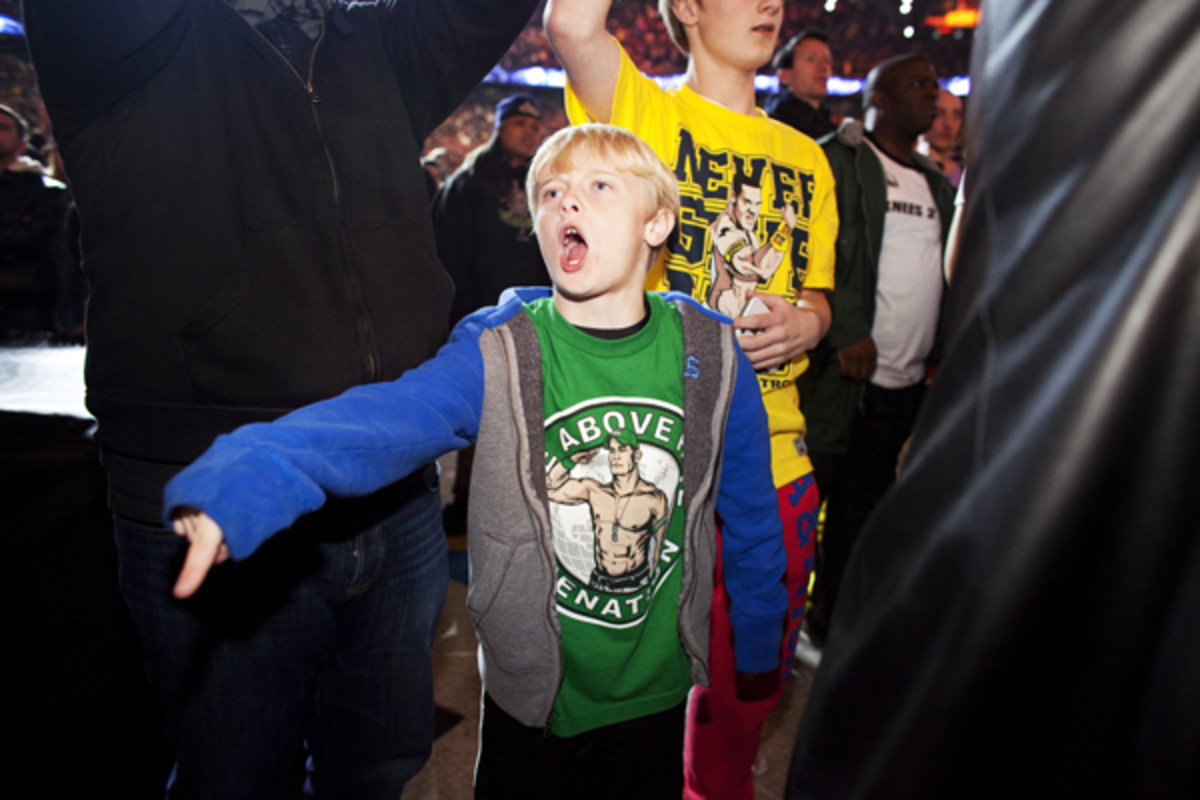
(Lauren Caulk/Special to SI.com)
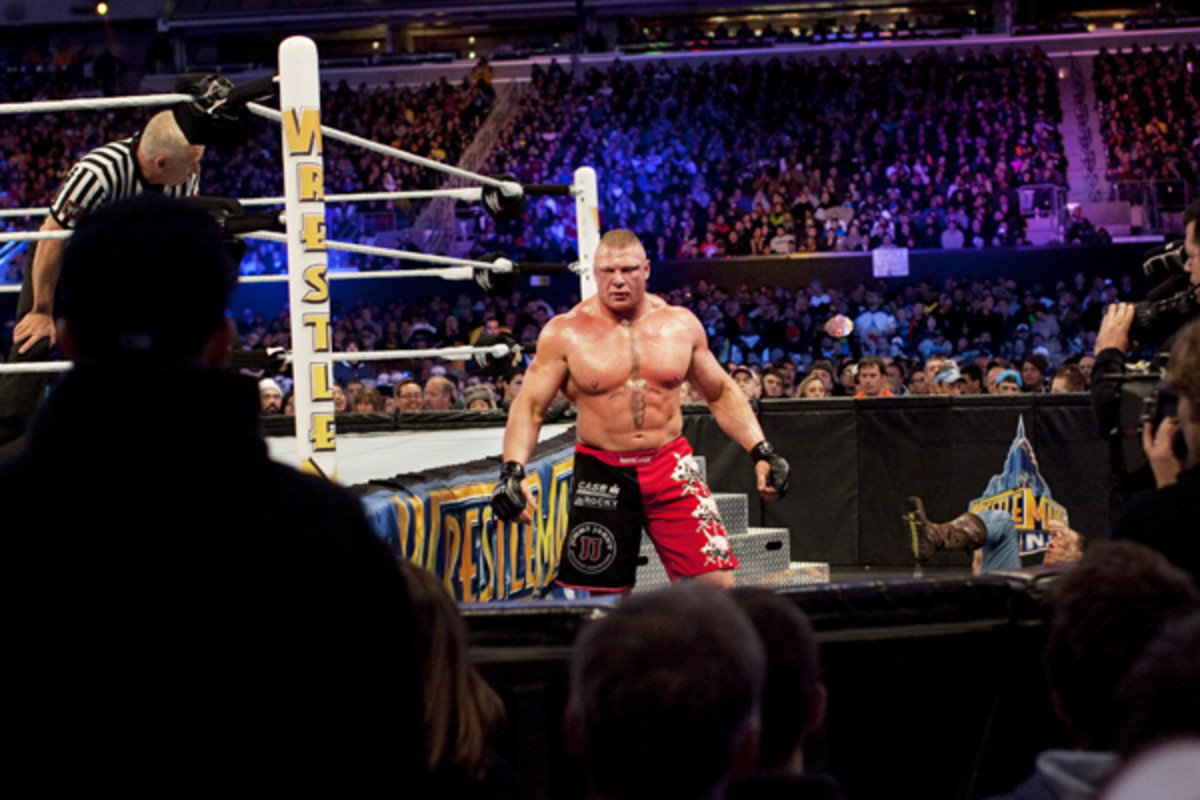
(Lauren Caulk/Special to SI.com)
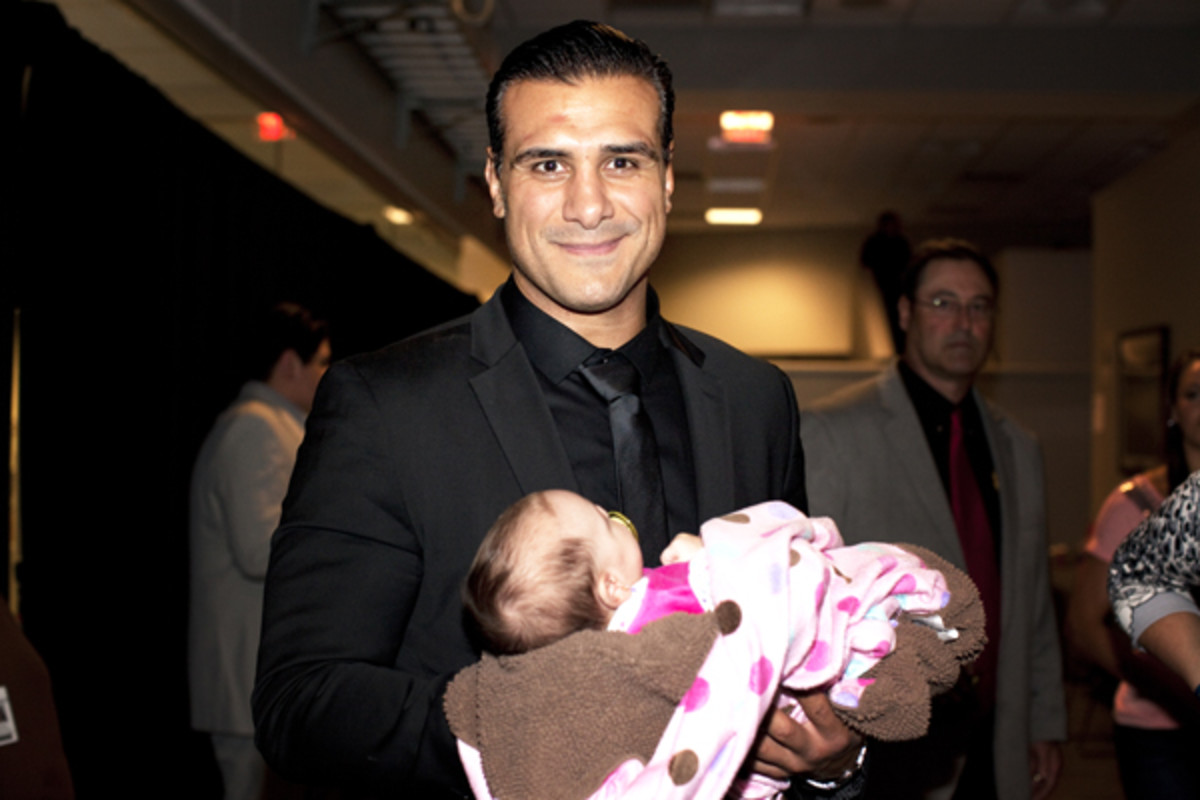
(Lauren Caulk/Special to SI.com)
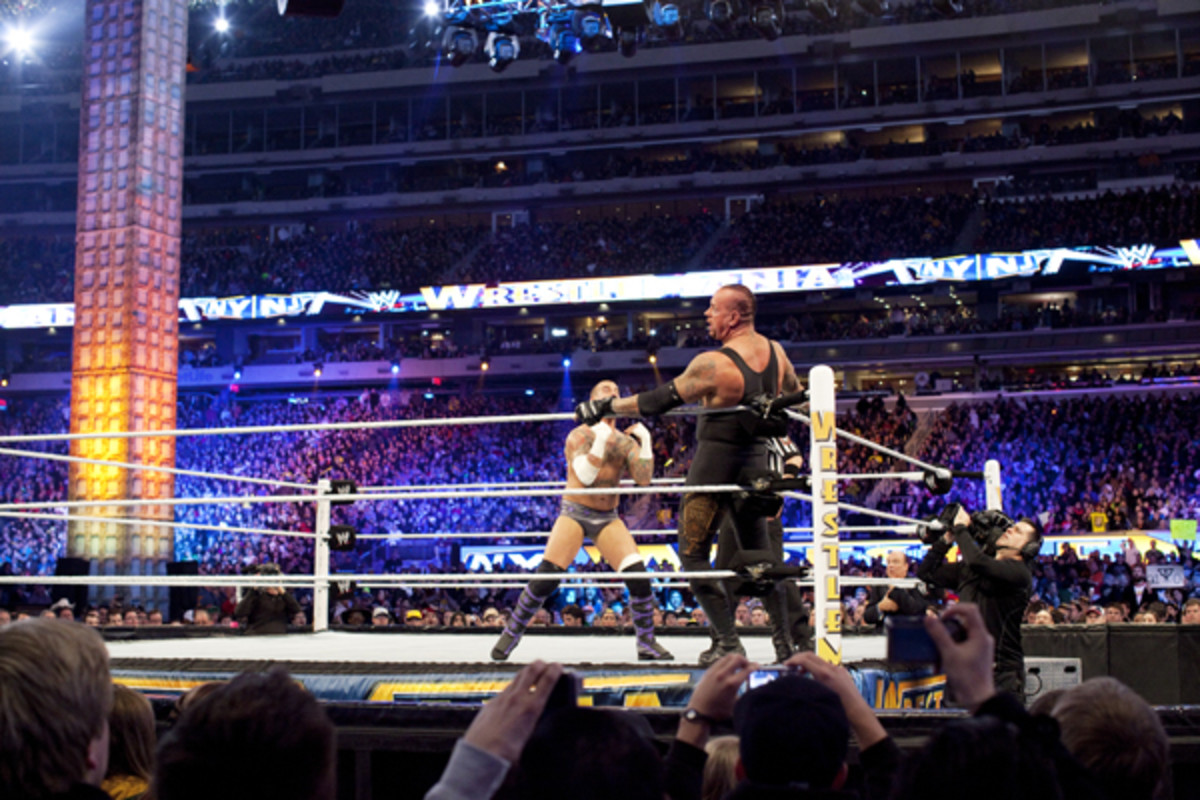
(Lauren Caulk/Special to SI.com)
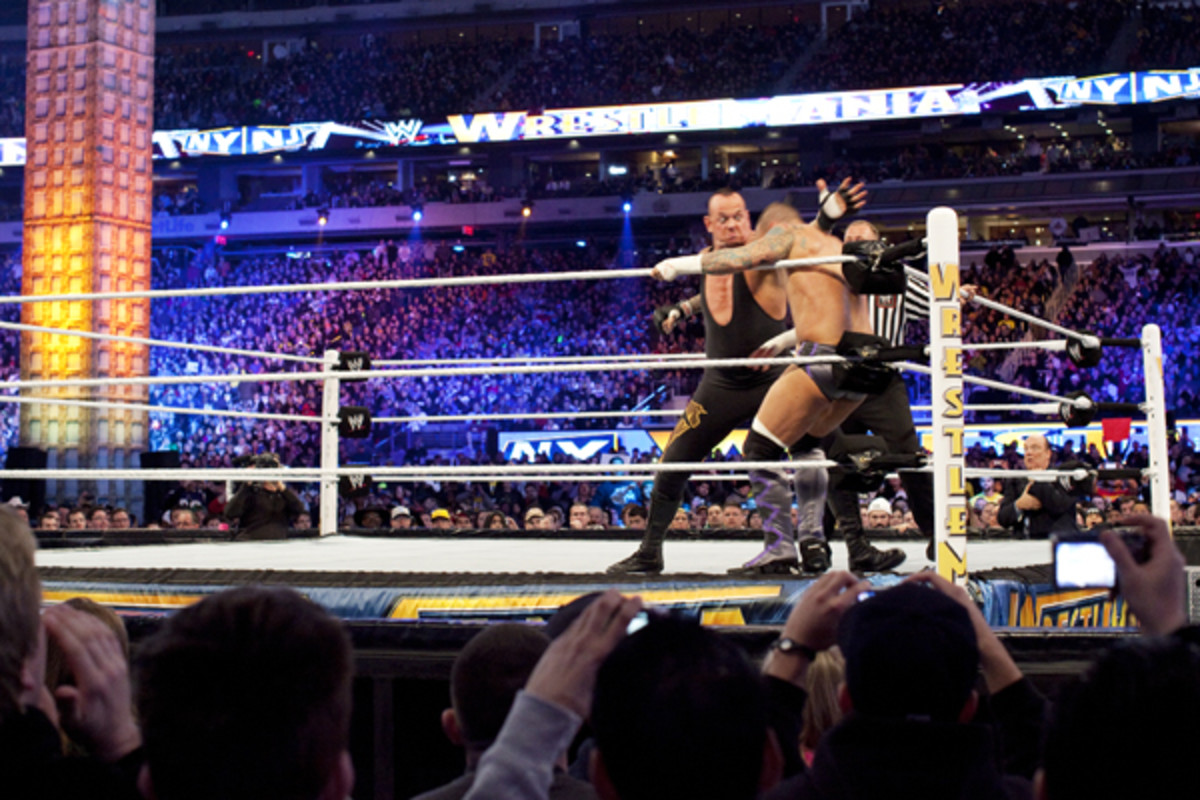
(Lauren Caulk/Special to SI.com)
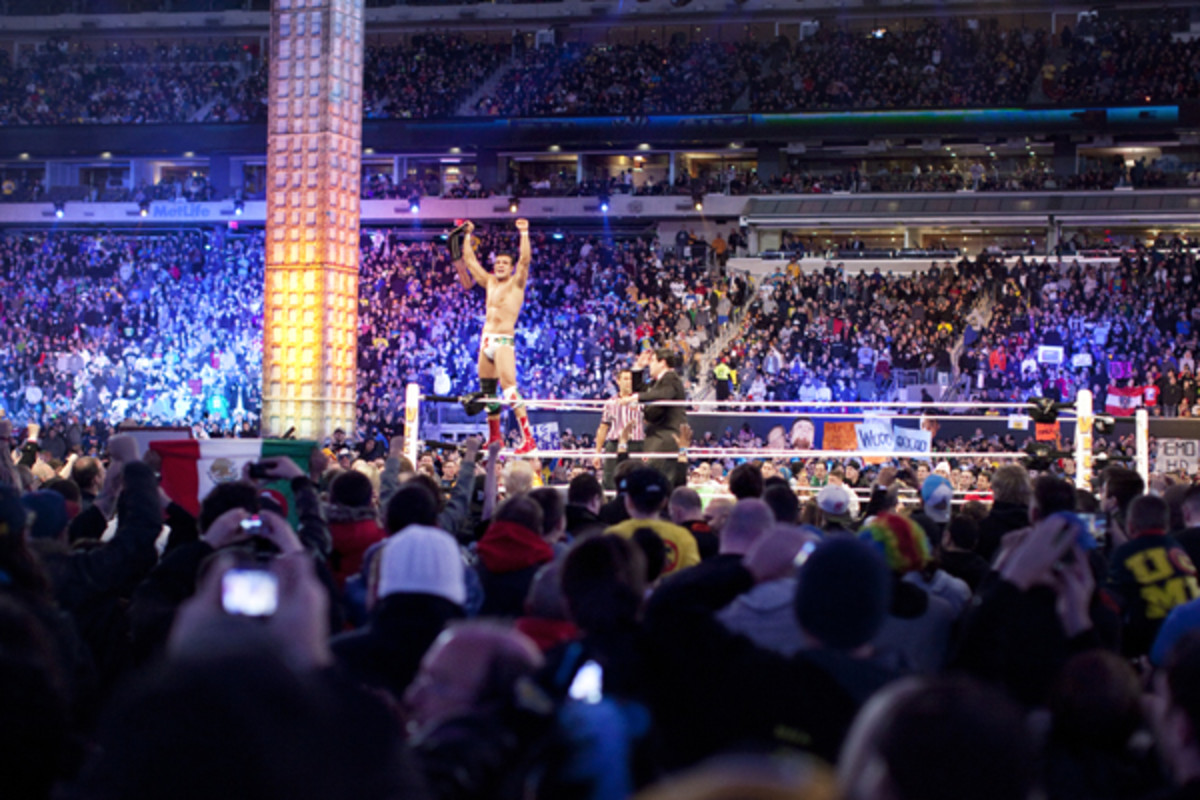
(Lauren Caulk/Special to SI.com)
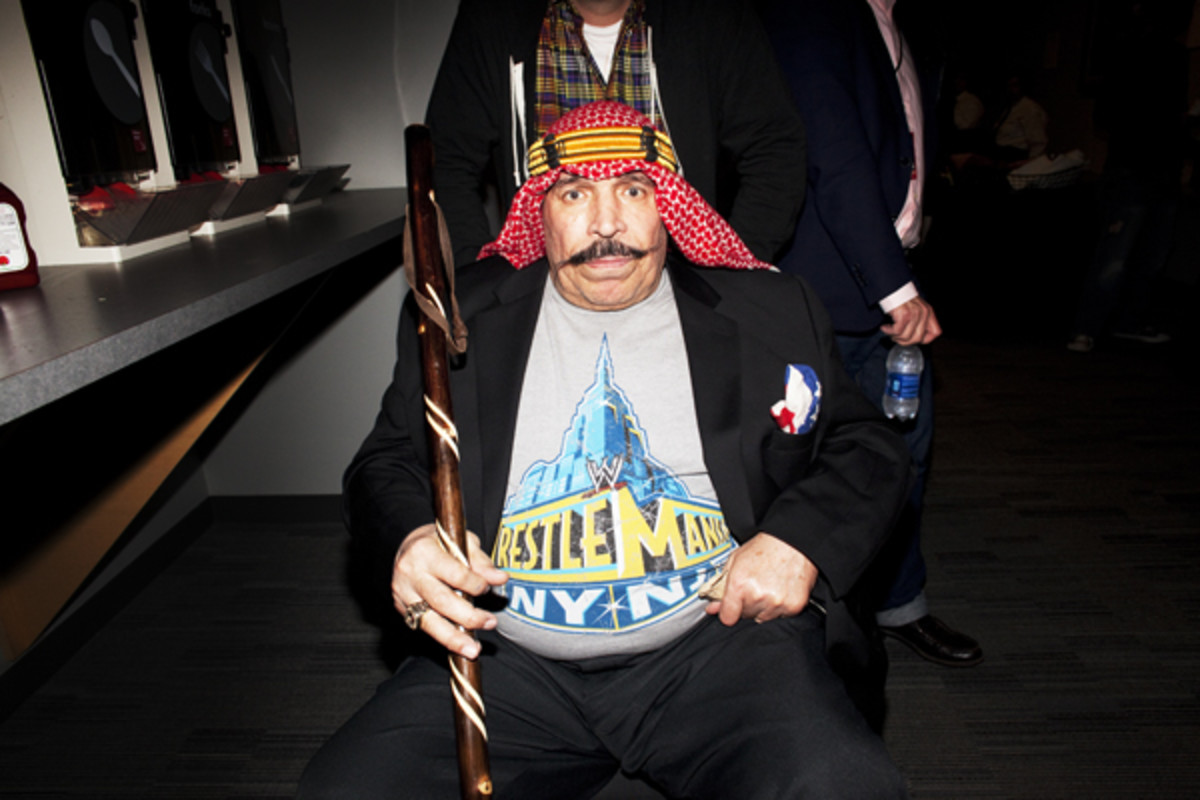
(Lauren Caulk/Special to SI.com)
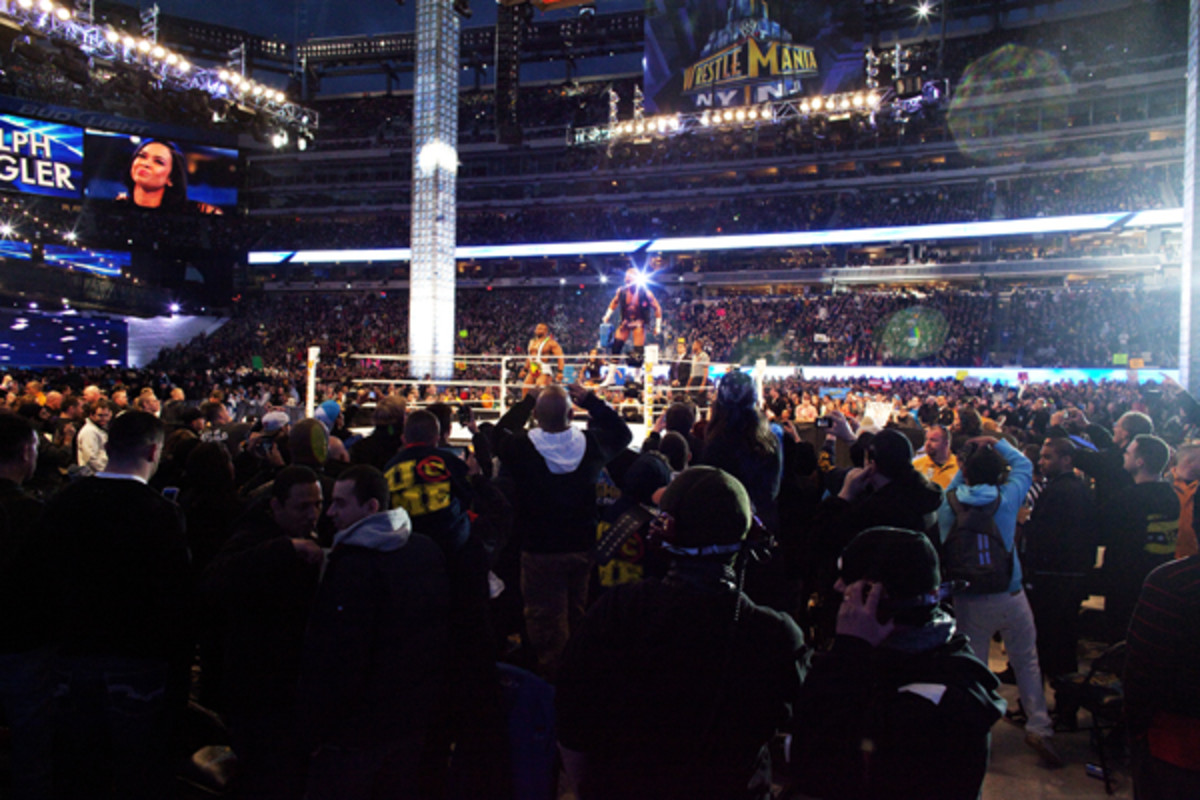
(Lauren Caulk/Special to SI.com)
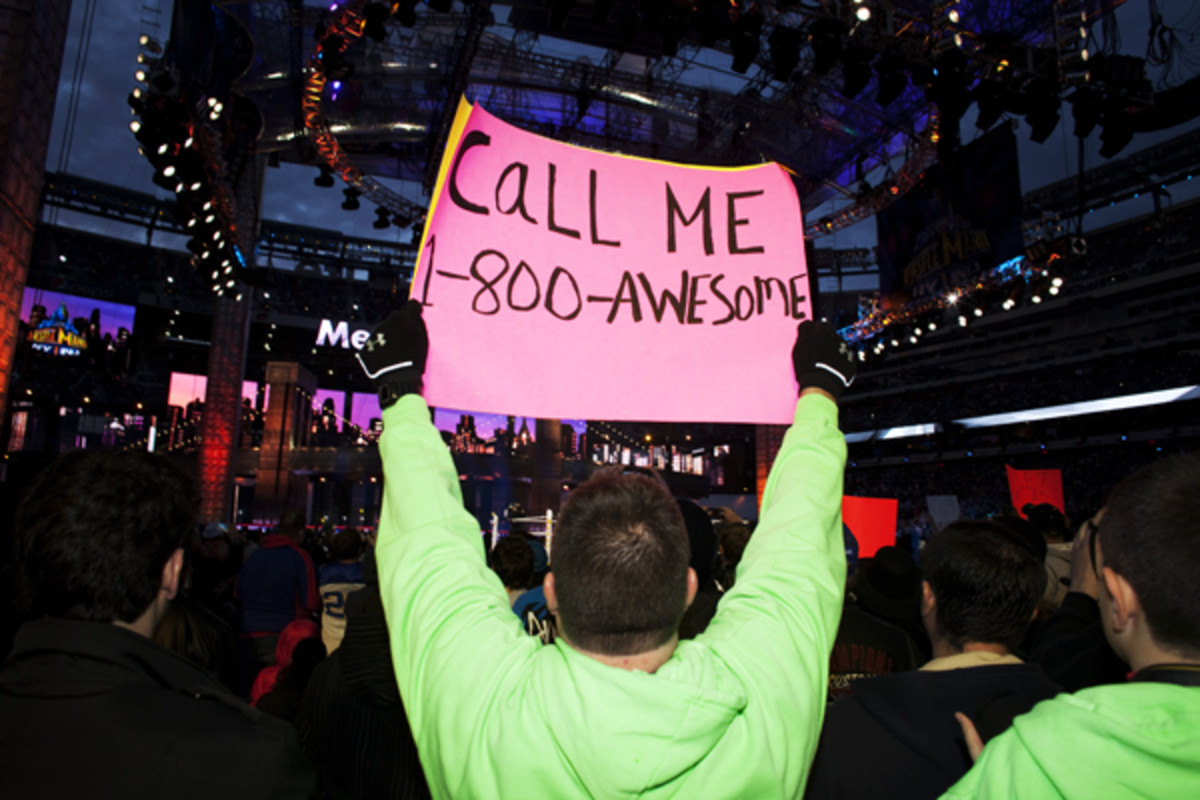
(Lauren Caulk/Special to SI.com)
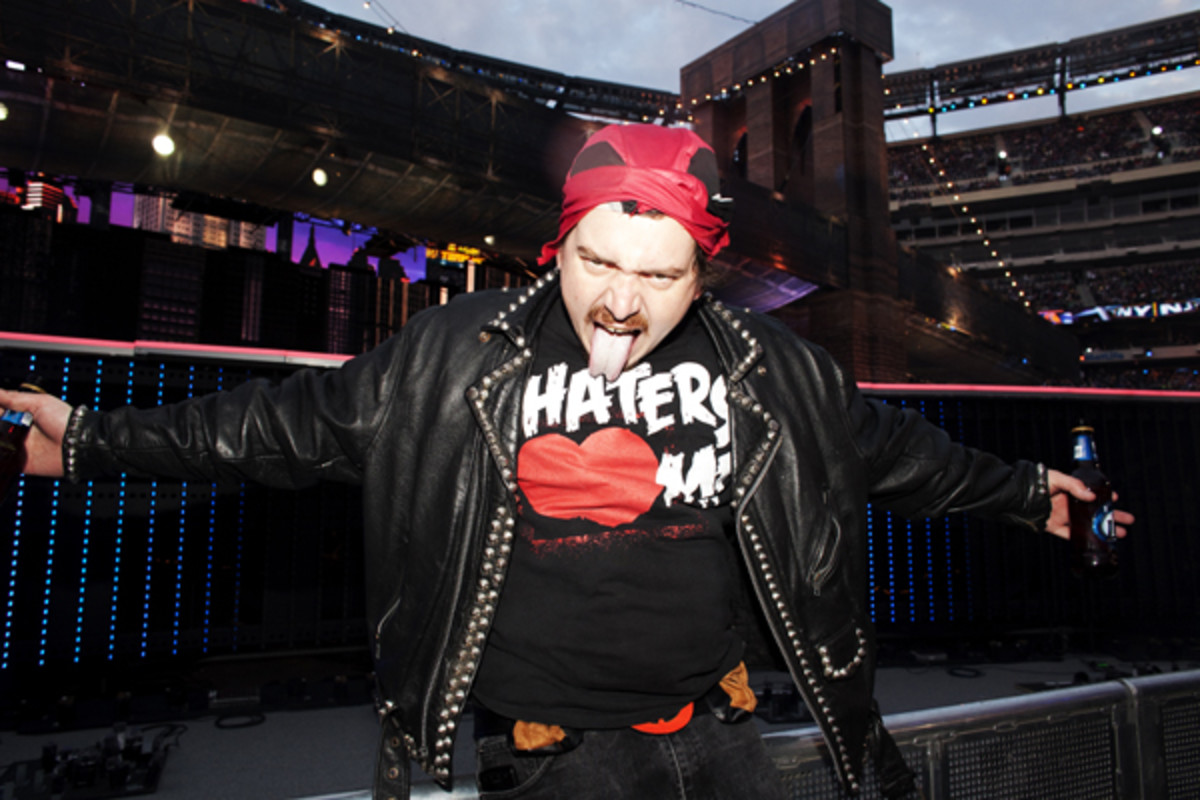
(Lauren Caulk/Special to SI.com)
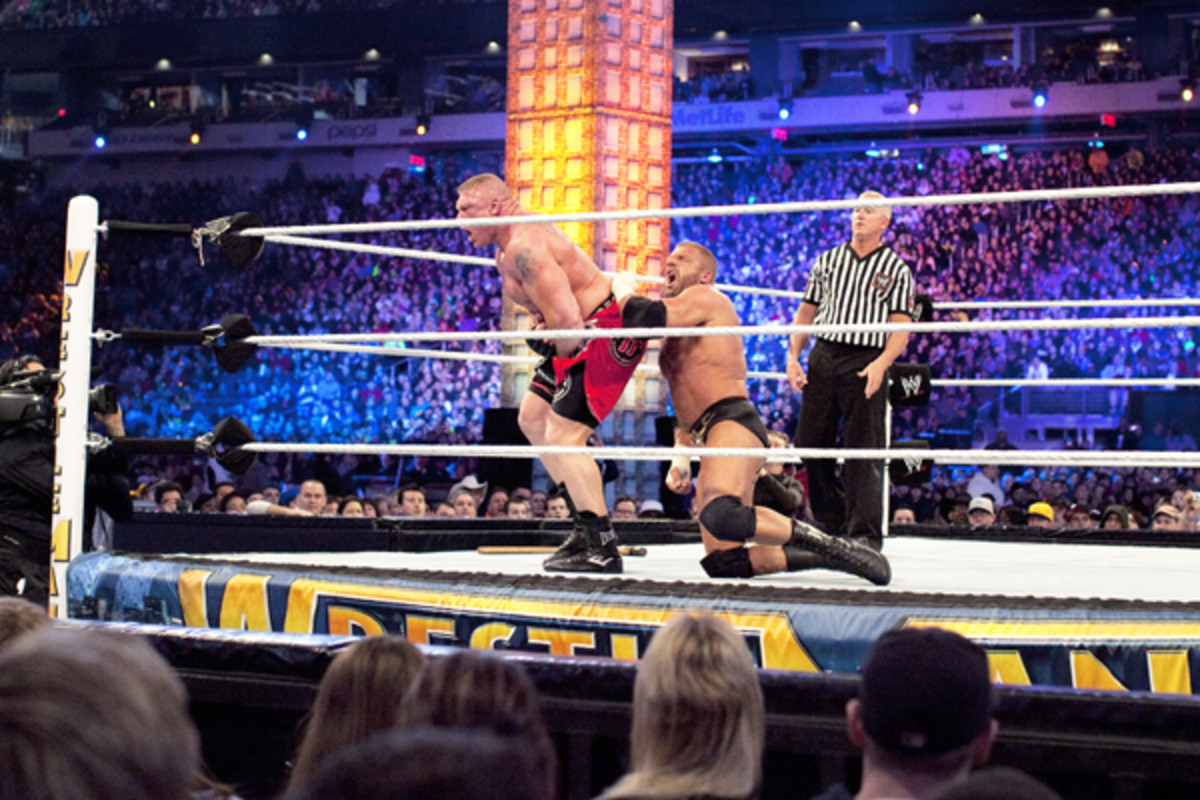
(Lauren Caulk/Special to SI.com)
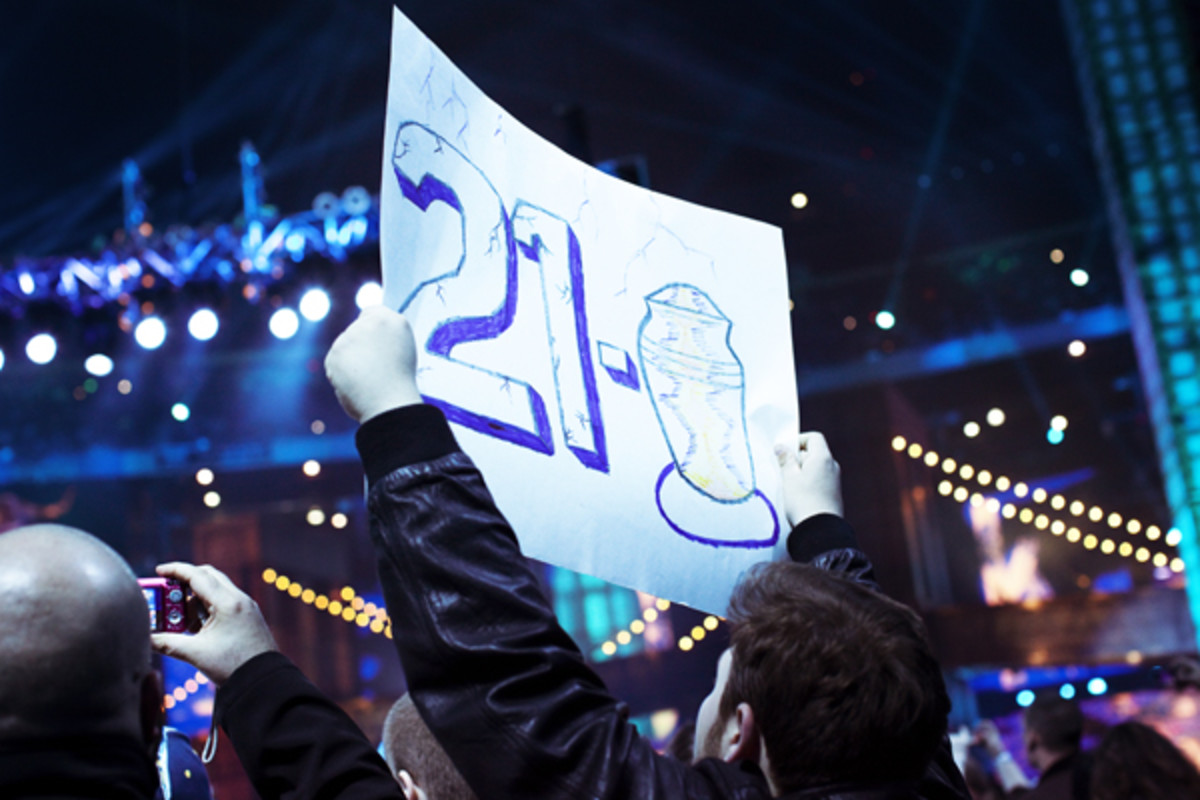
(Lauren Caulk/Special to SI.com)
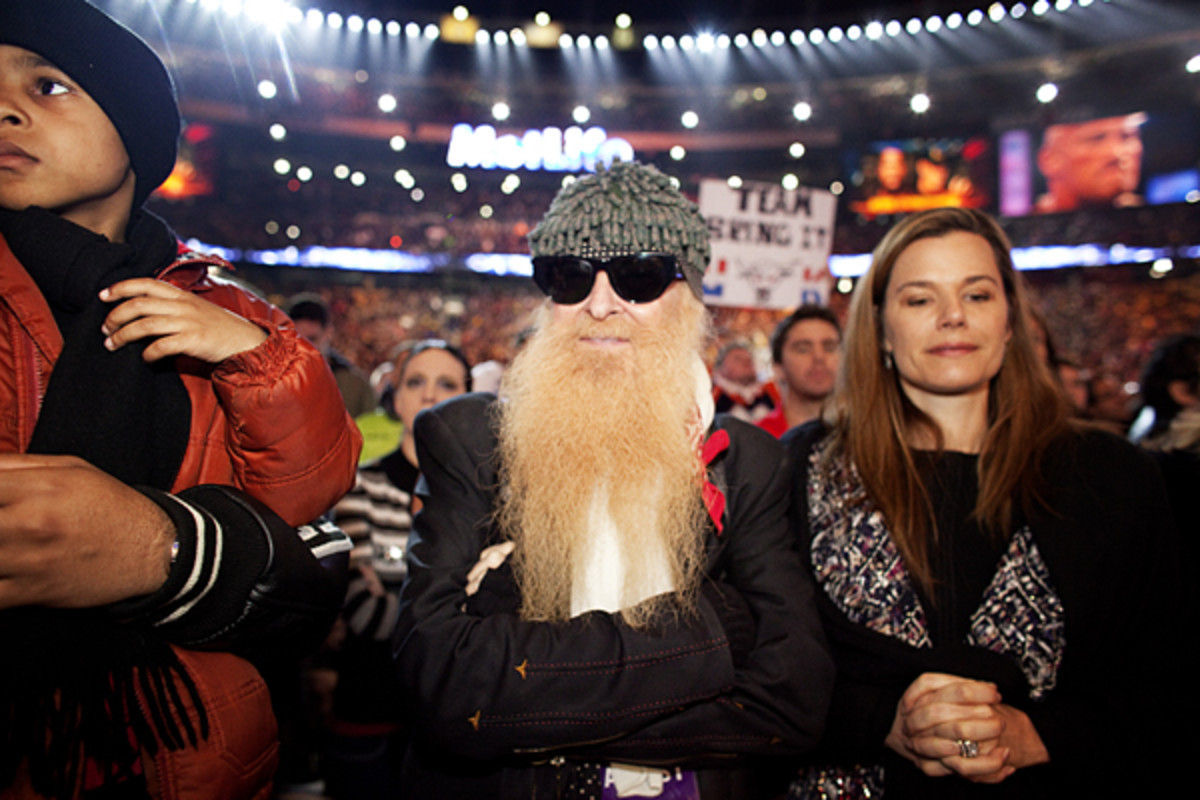
(Lauren Caulk/Special to SI.com)
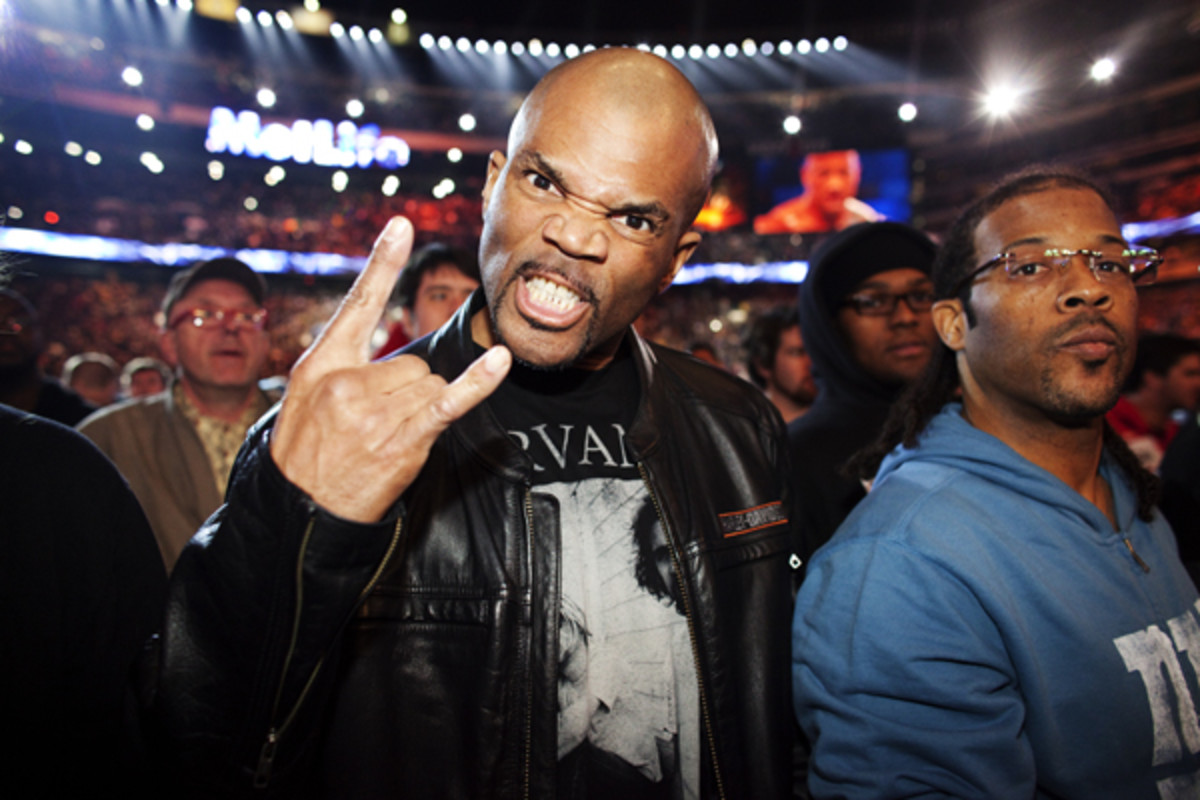
(Lauren Caulk/Special to SI.com)
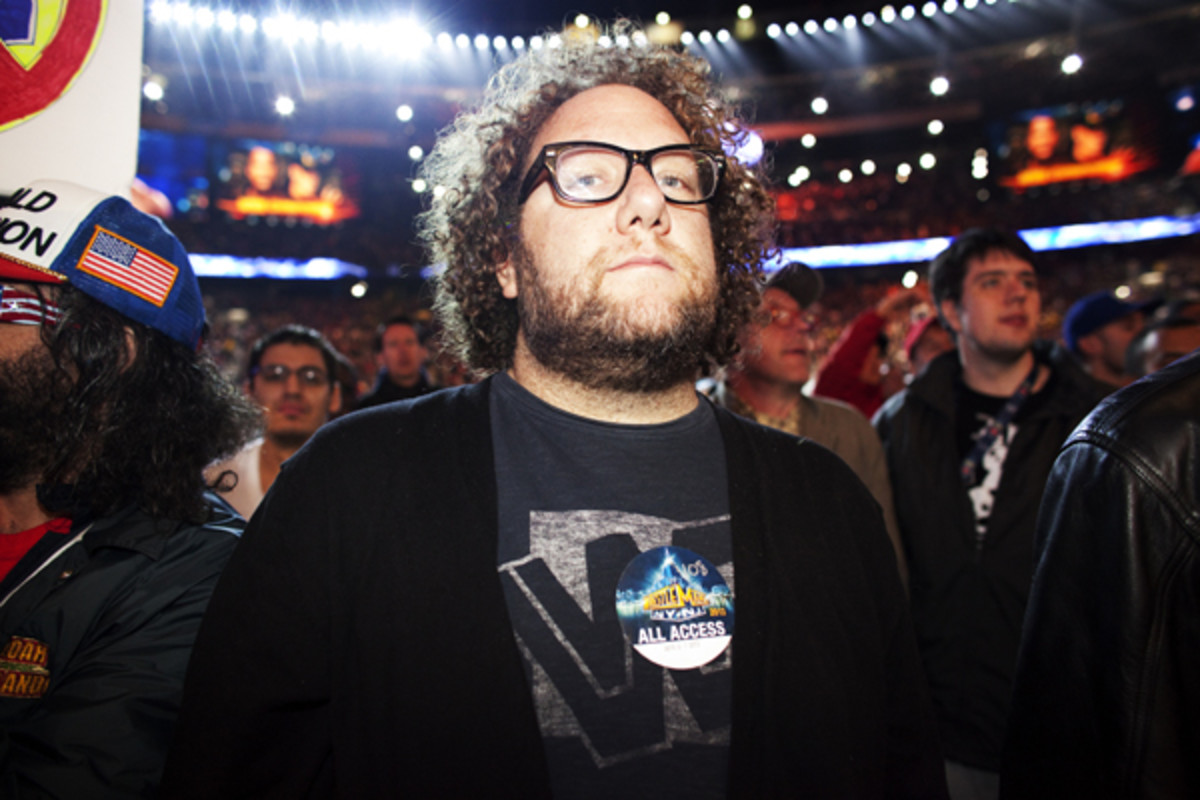
(Lauren Caulk/Special to SI.com)
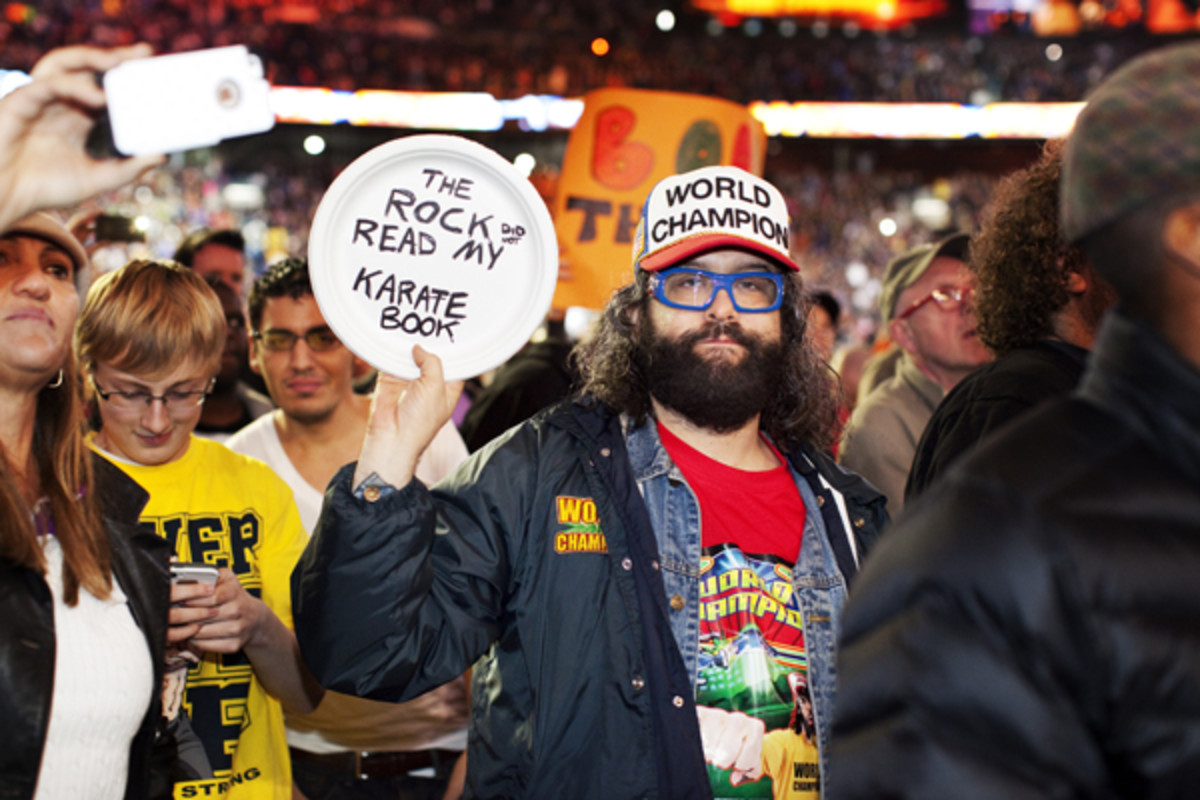
(Lauren Caulk/Special to SI.com)
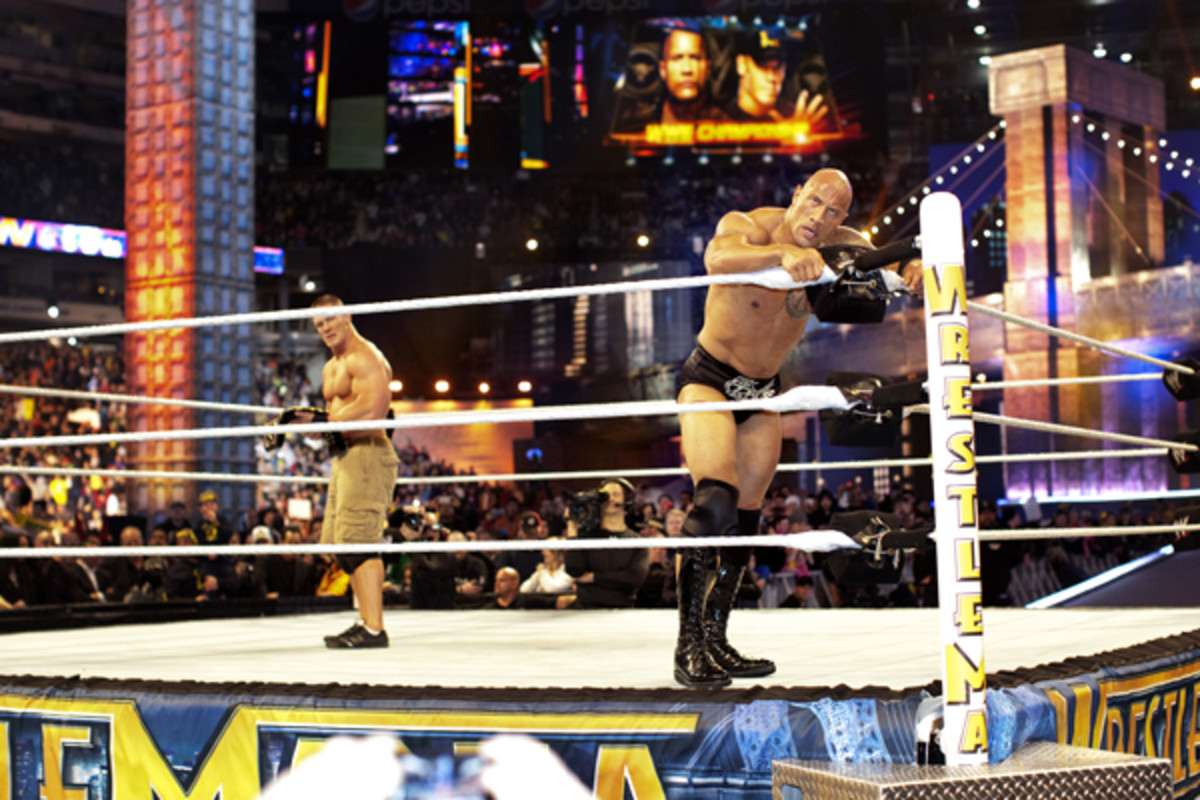
(Lauren Caulk/Special to SI.com)
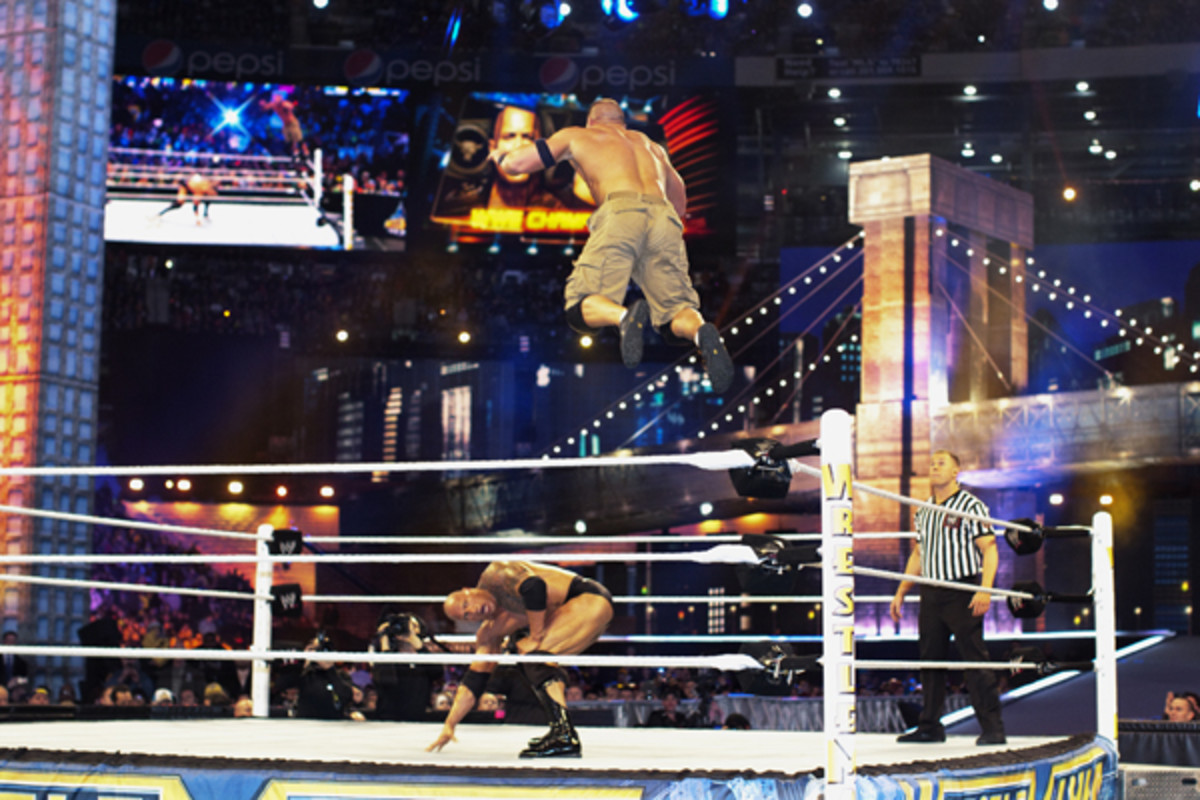
(Lauren Caulk/Special to SI.com)
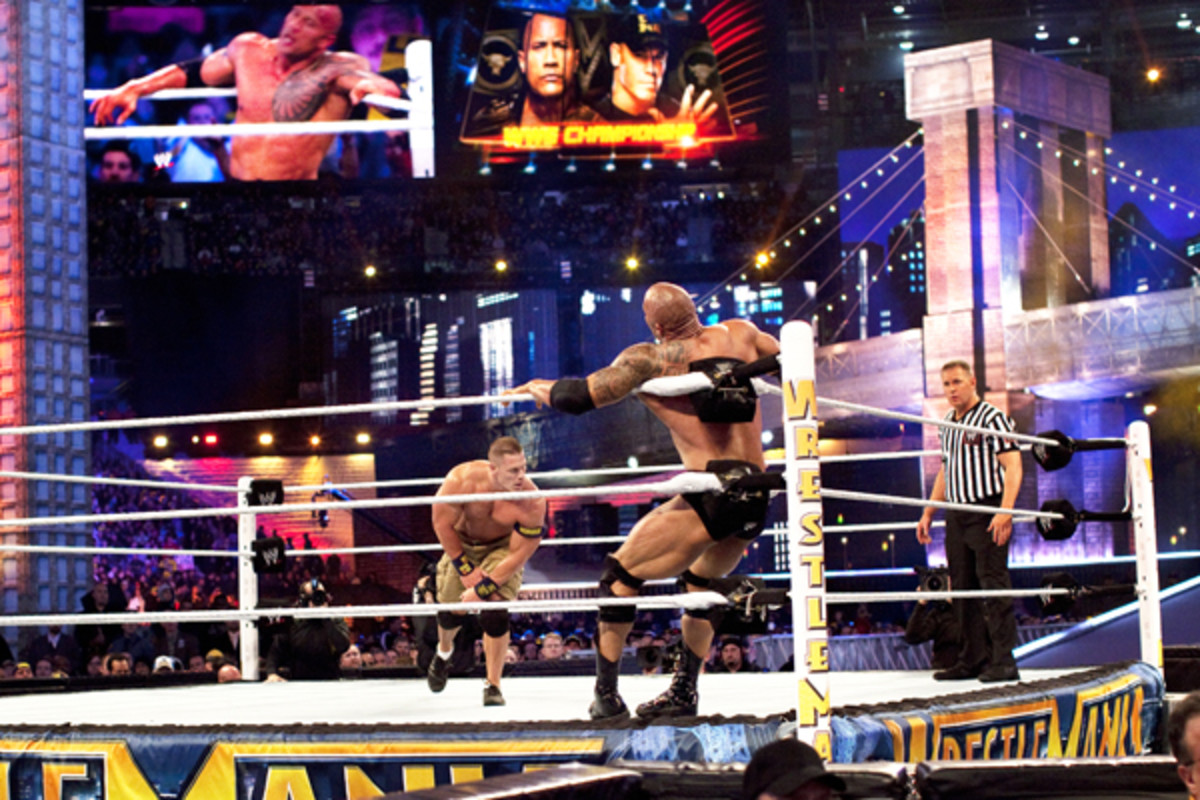
(Lauren Caulk/Special to SI.com)
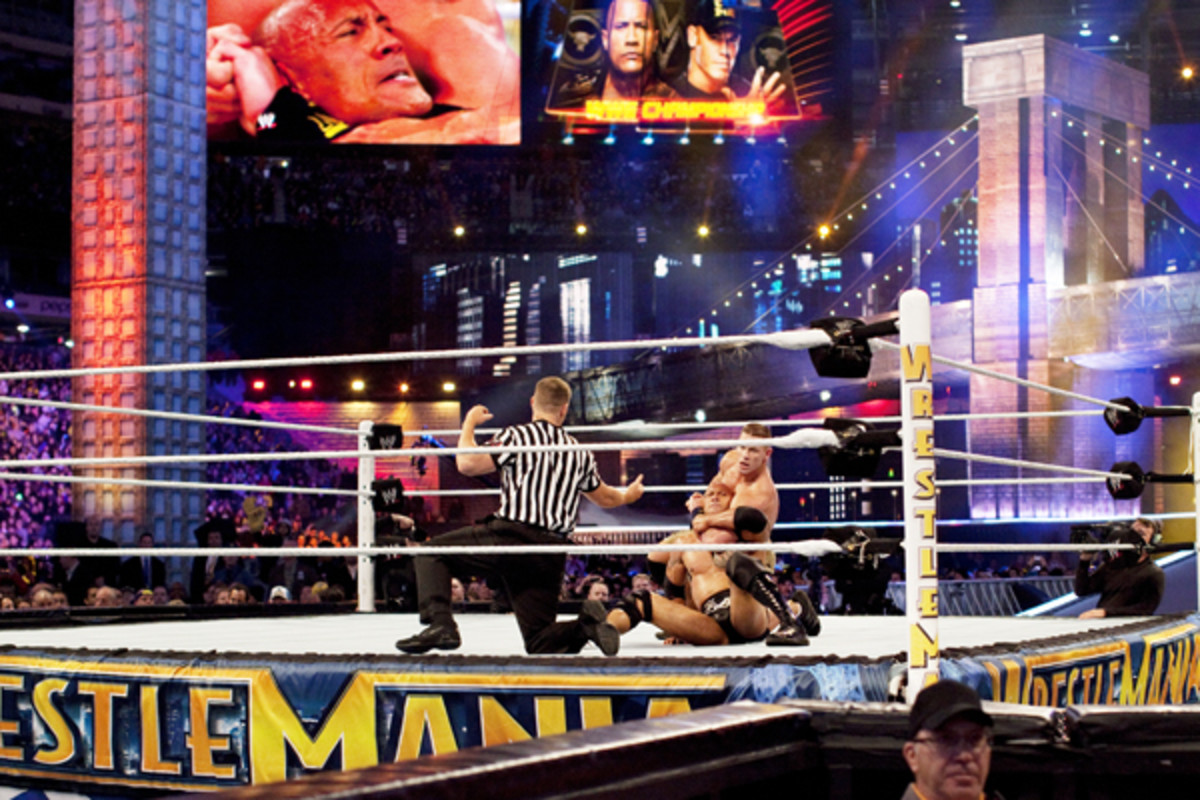
(Lauren Caulk/Special to SI.com)
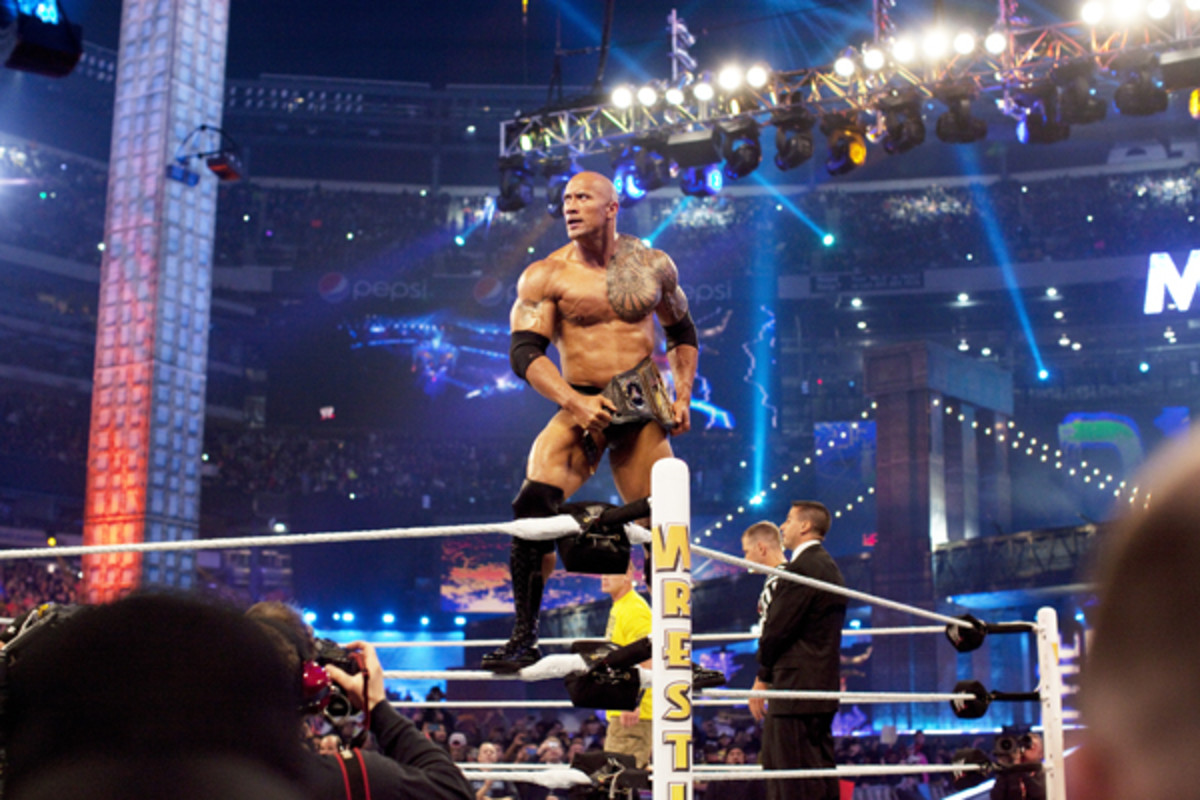
(Lauren Caulk/Special to SI.com)
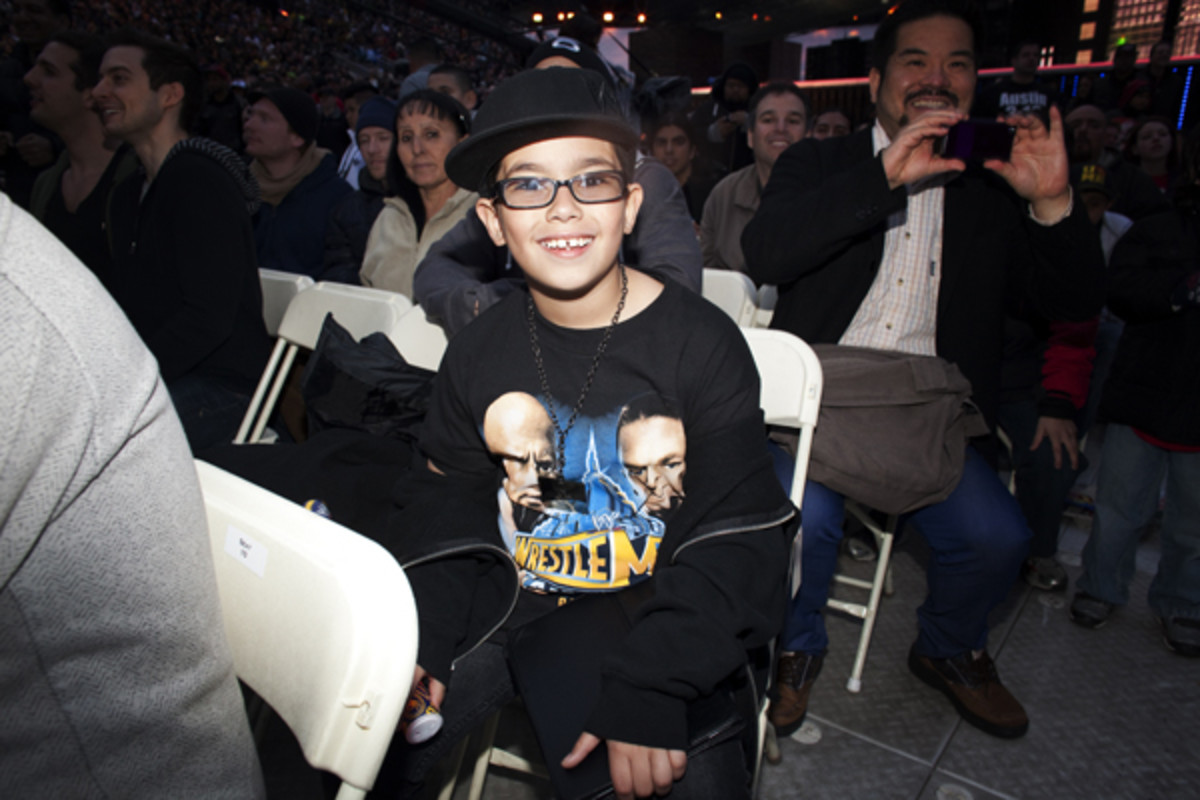
(Lauren Caulk/Special to SI.com)
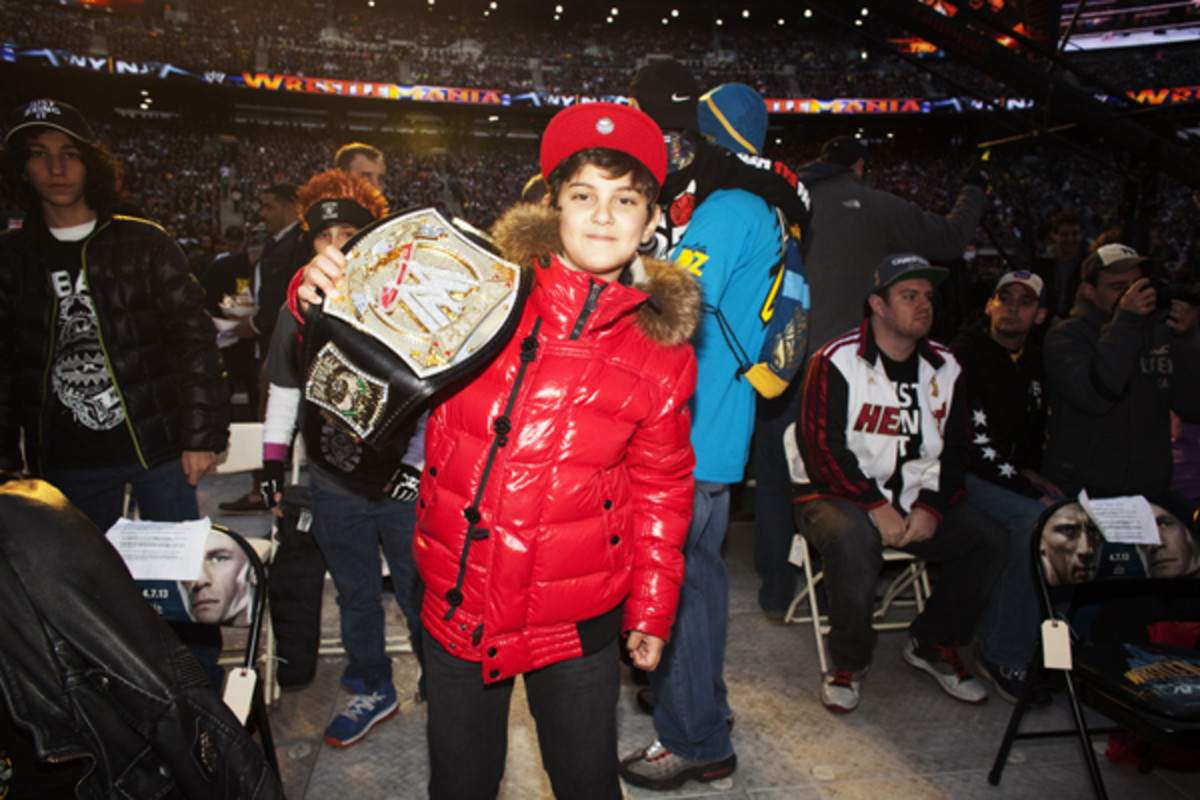
(Lauren Caulk/Special to SI.com)
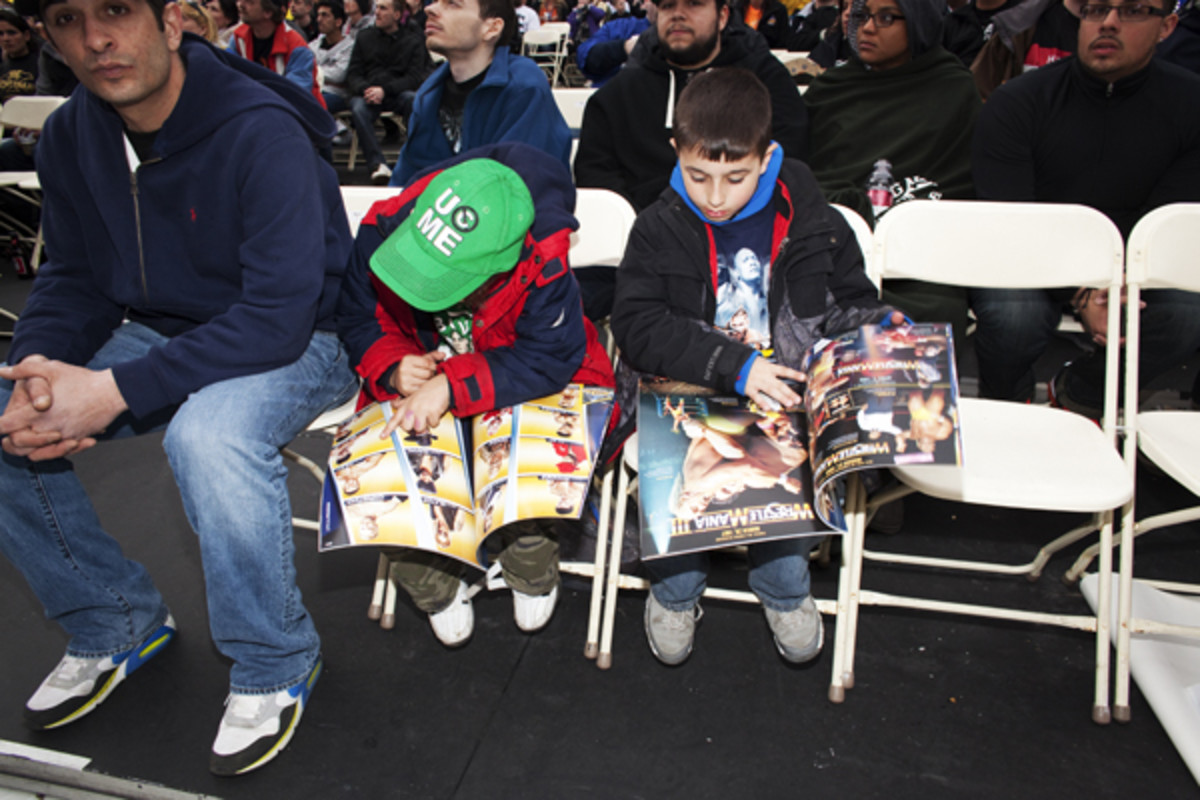
(Lauren Caulk/Special to SI.com)
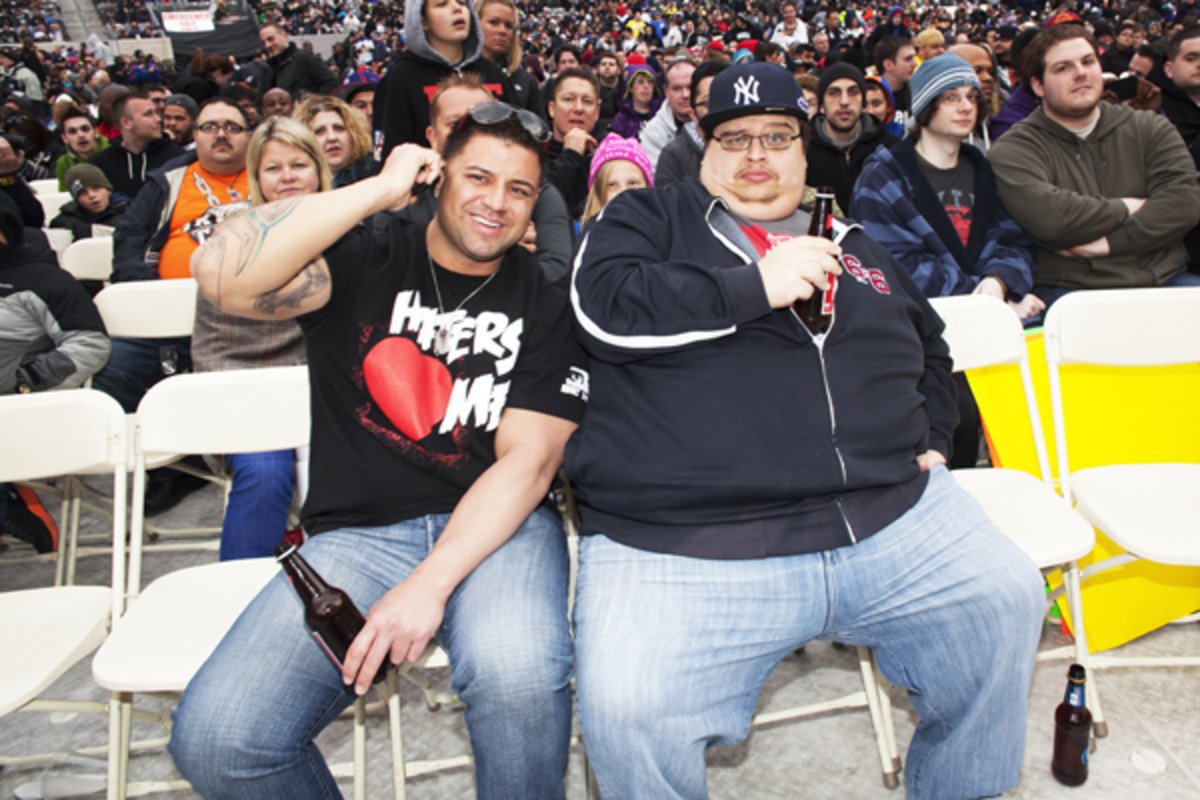
(Lauren Caulk/Special to SI.com)
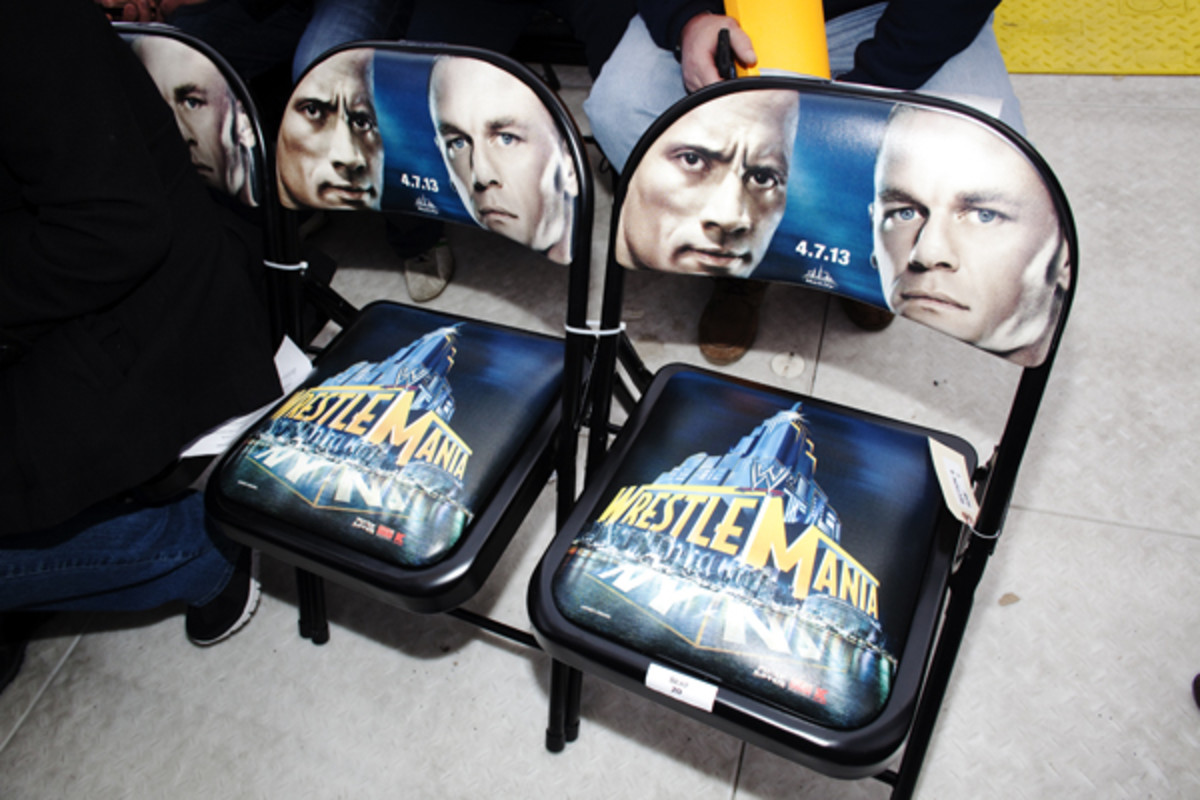
(Lauren Caulk/Special to SI.com)
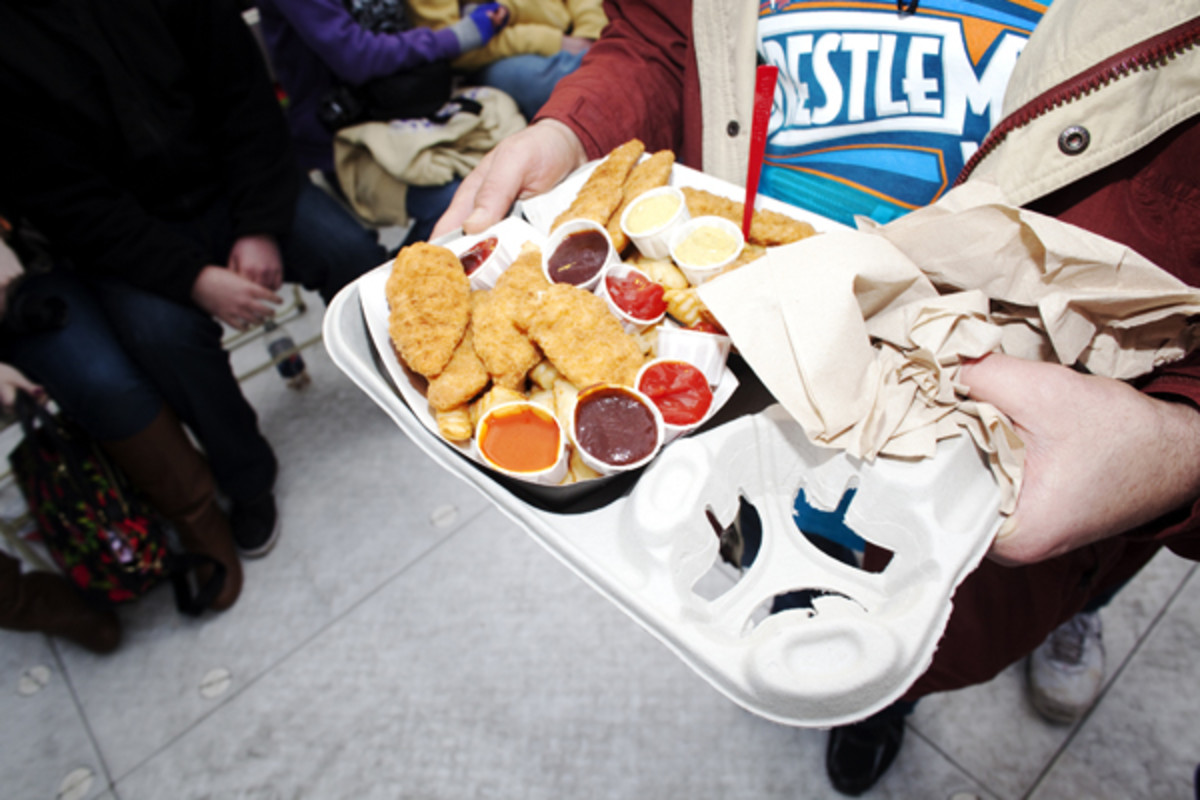
(Lauren Caulk/Special to SI.com)
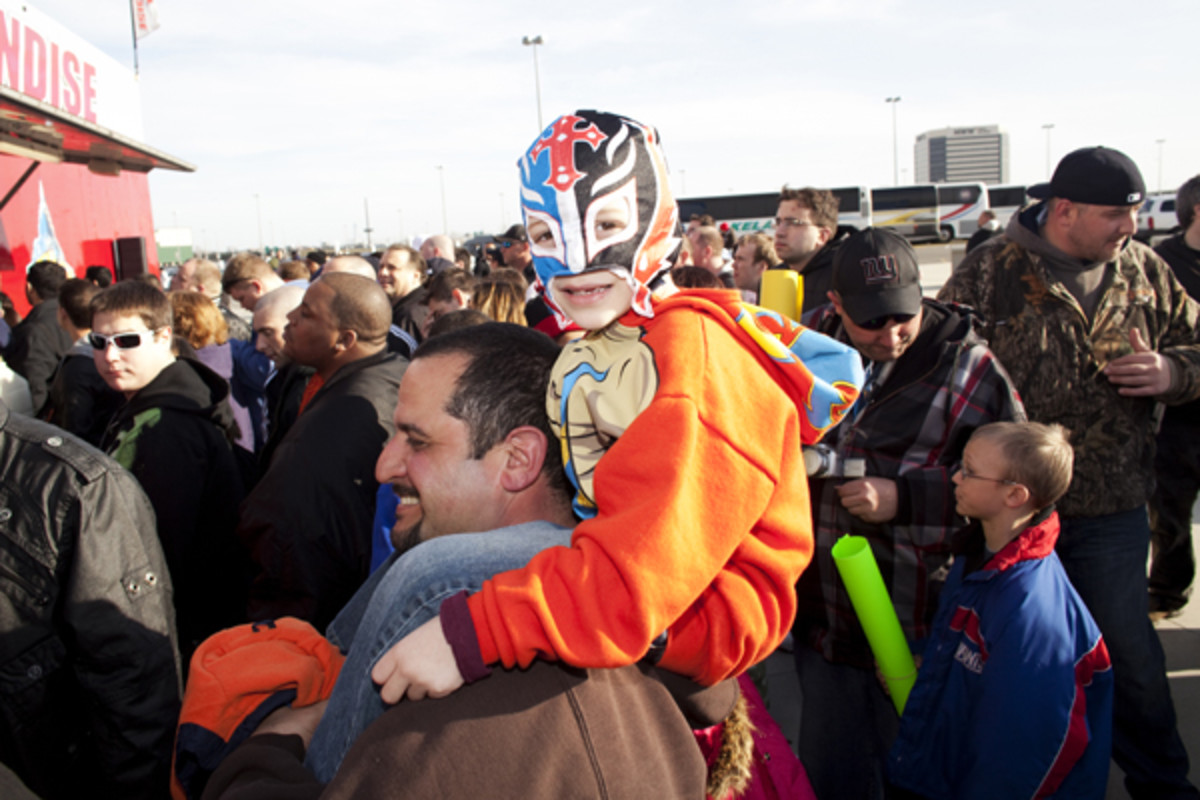
(Lauren Caulk/Special to SI.com)
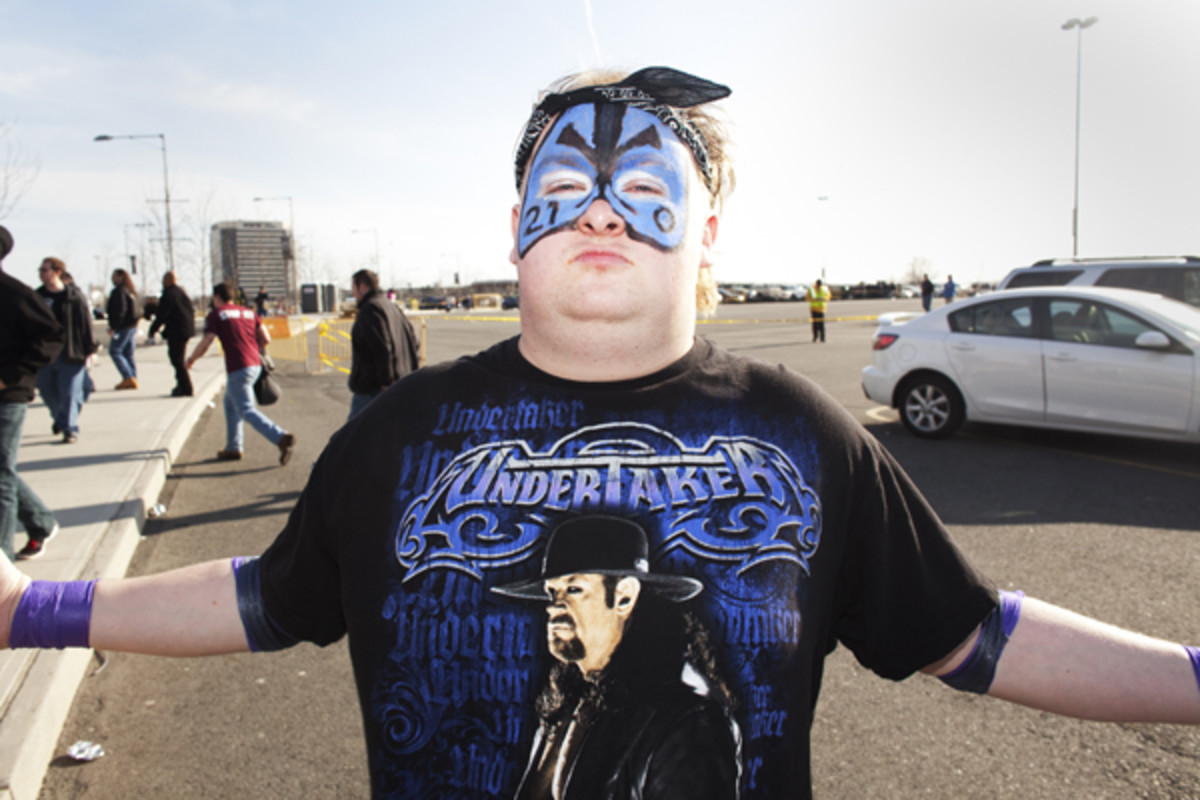
(Lauren Caulk/Special to SI.com)
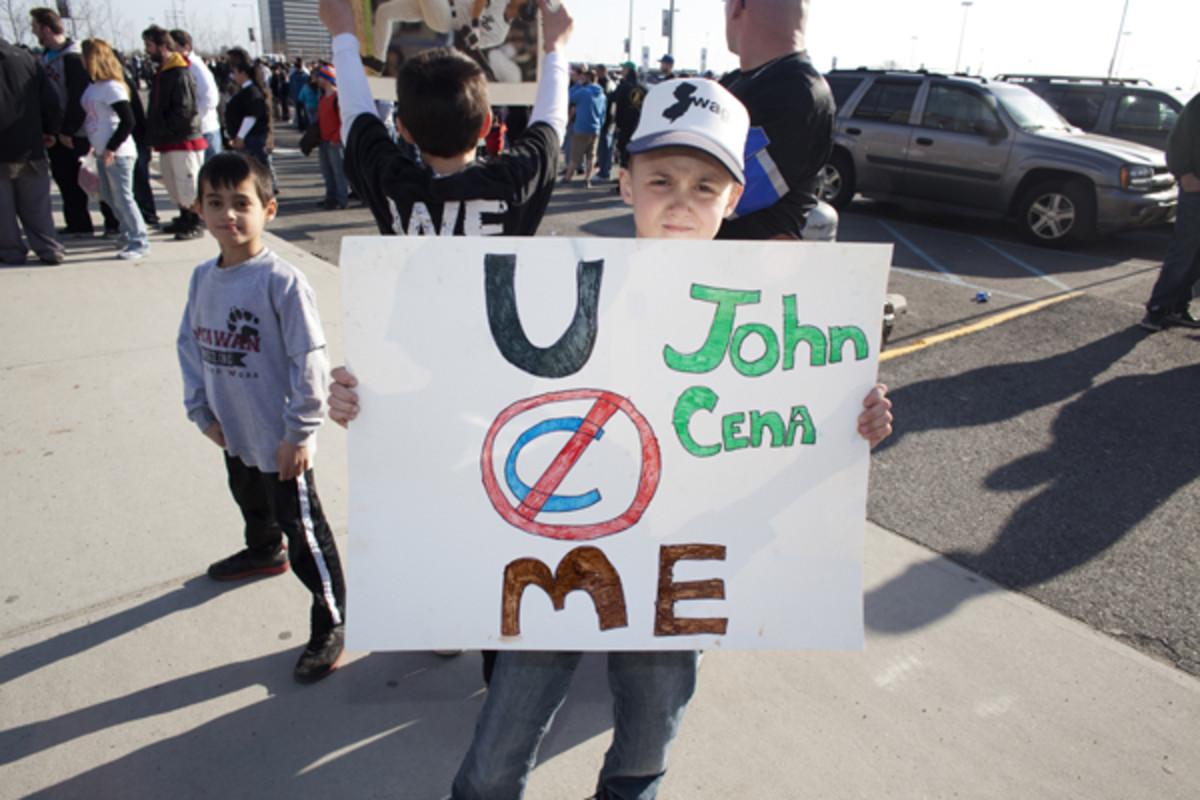
(Lauren Caulk/Special to SI.com)
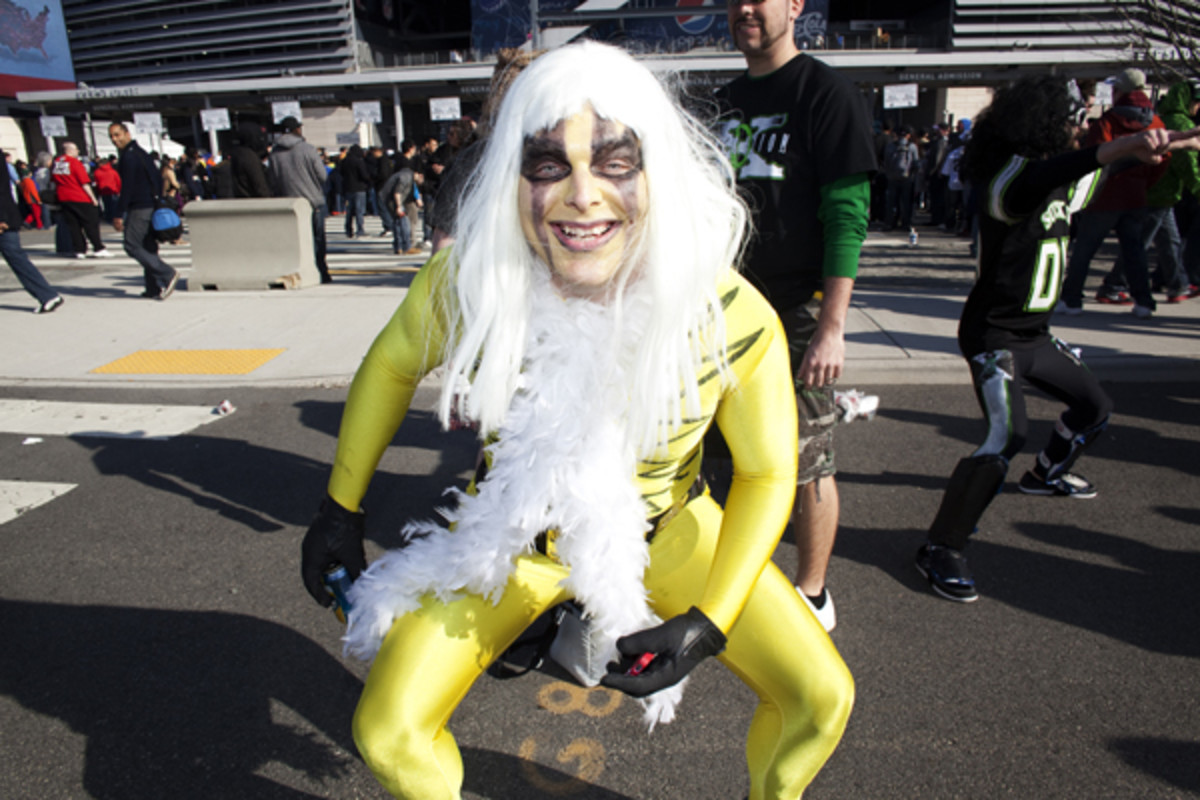
(Lauren Caulk/Special to SI.com)
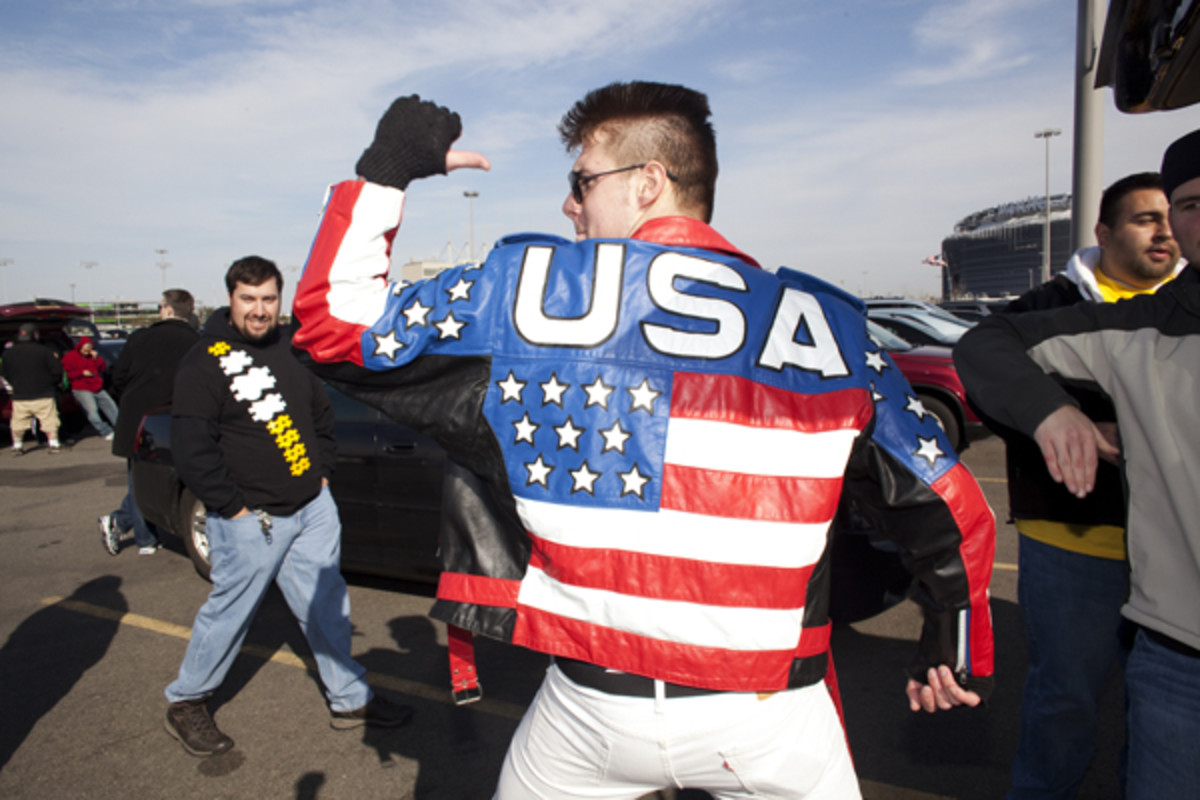
(Lauren Caulk/Special to SI.com)
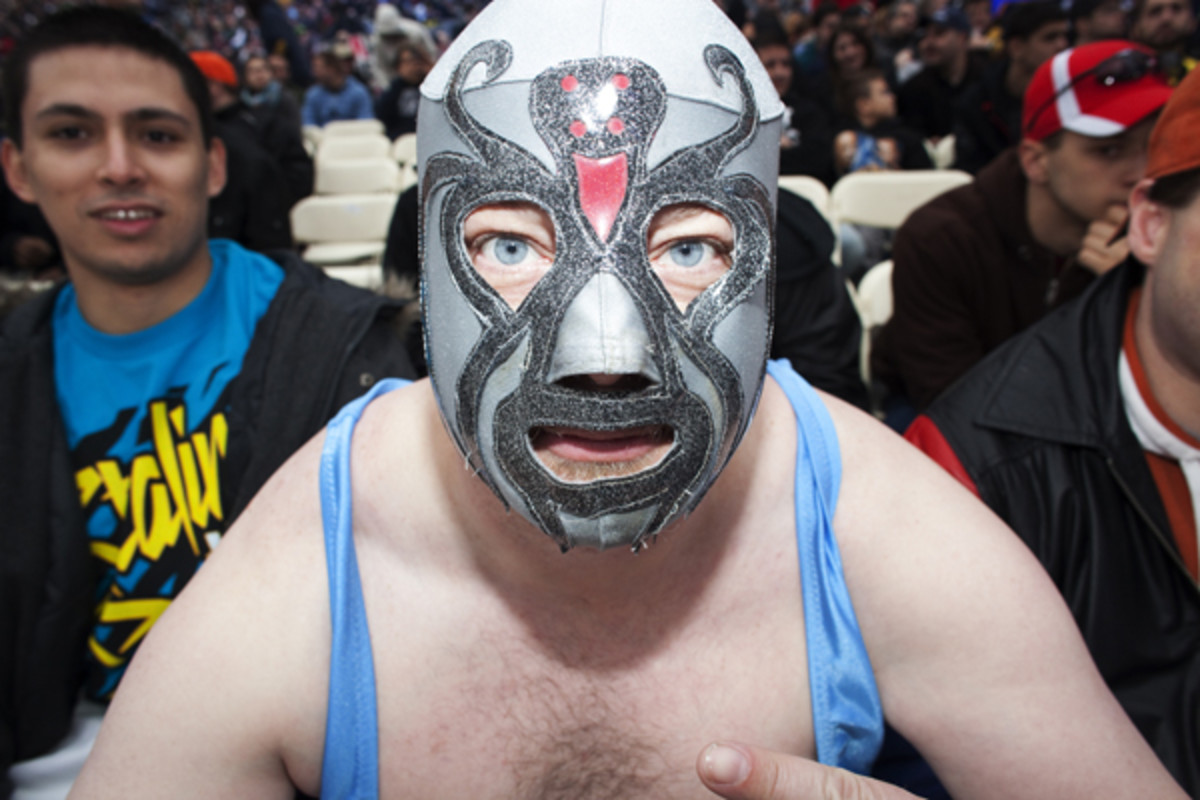
(Lauren Caulk/Special to SI.com)
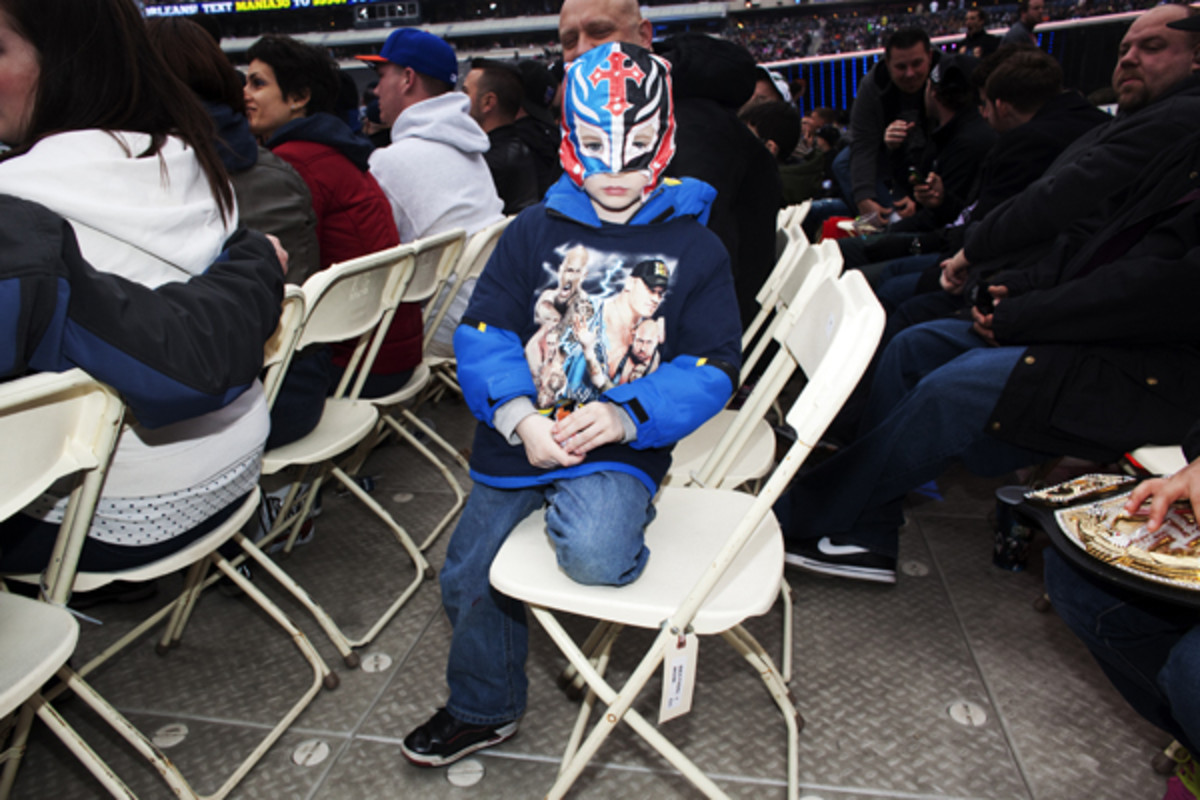
(Lauren Caulk/Special to SI.com)
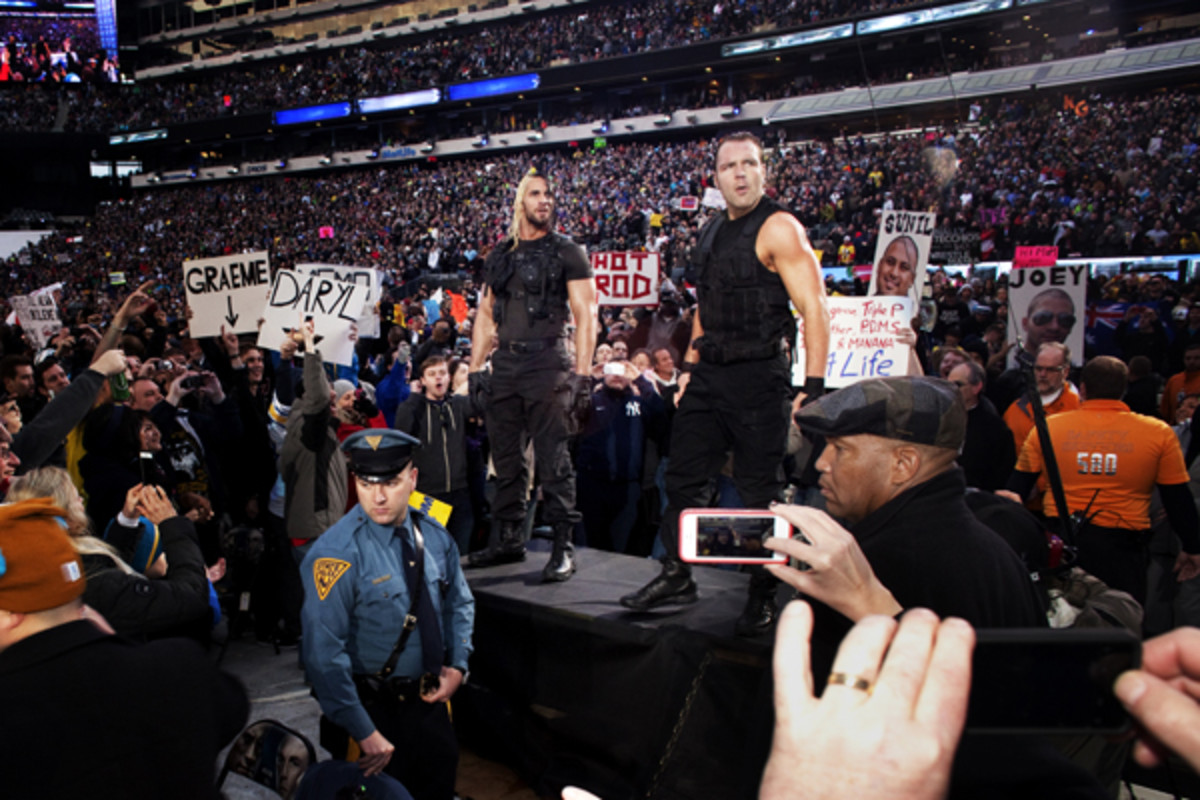
(Lauren Caulk/Special to SI.com)
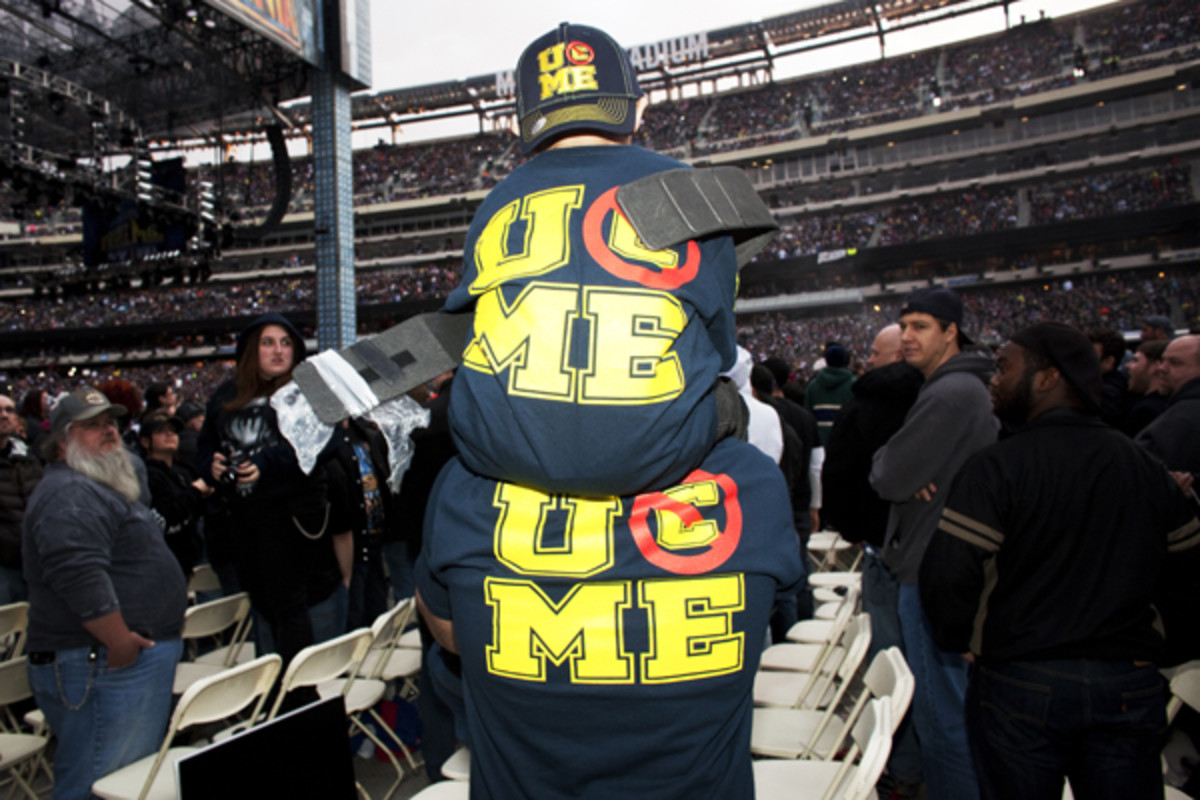
(Lauren Caulk/Special to SI.com)
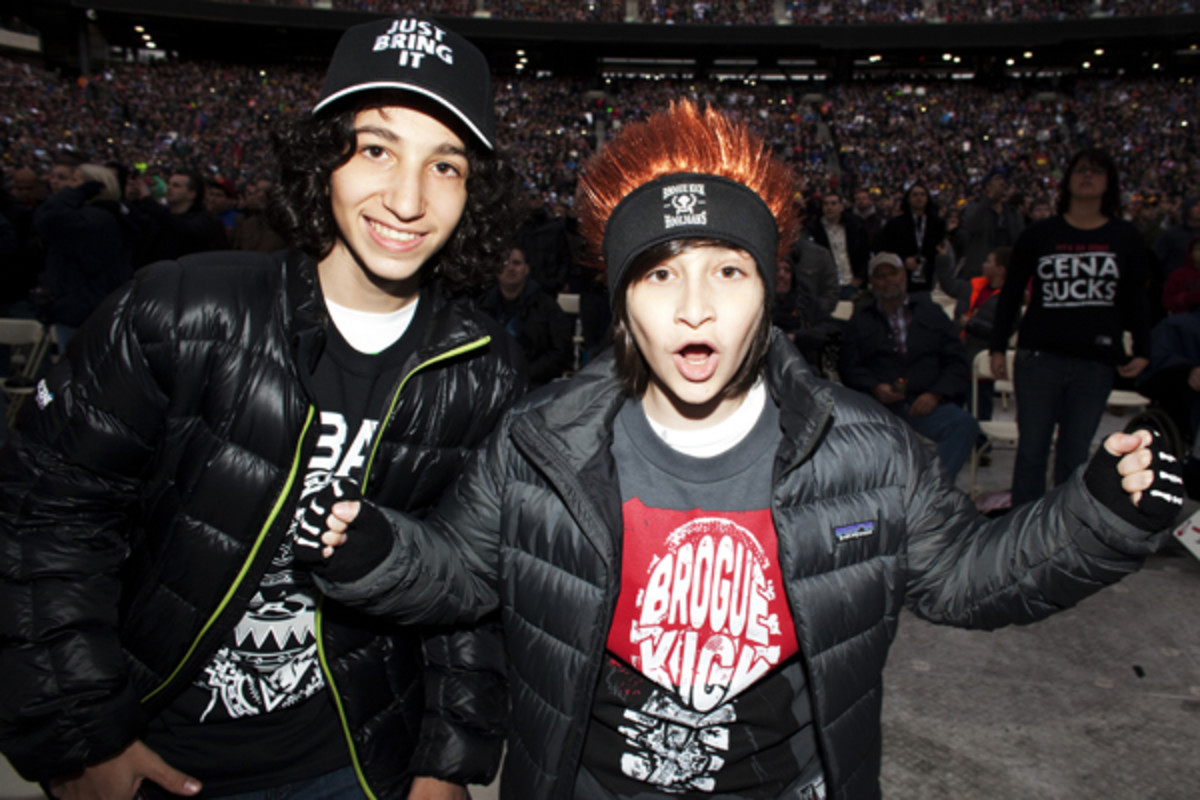
(Lauren Caulk/Special to SI.com)
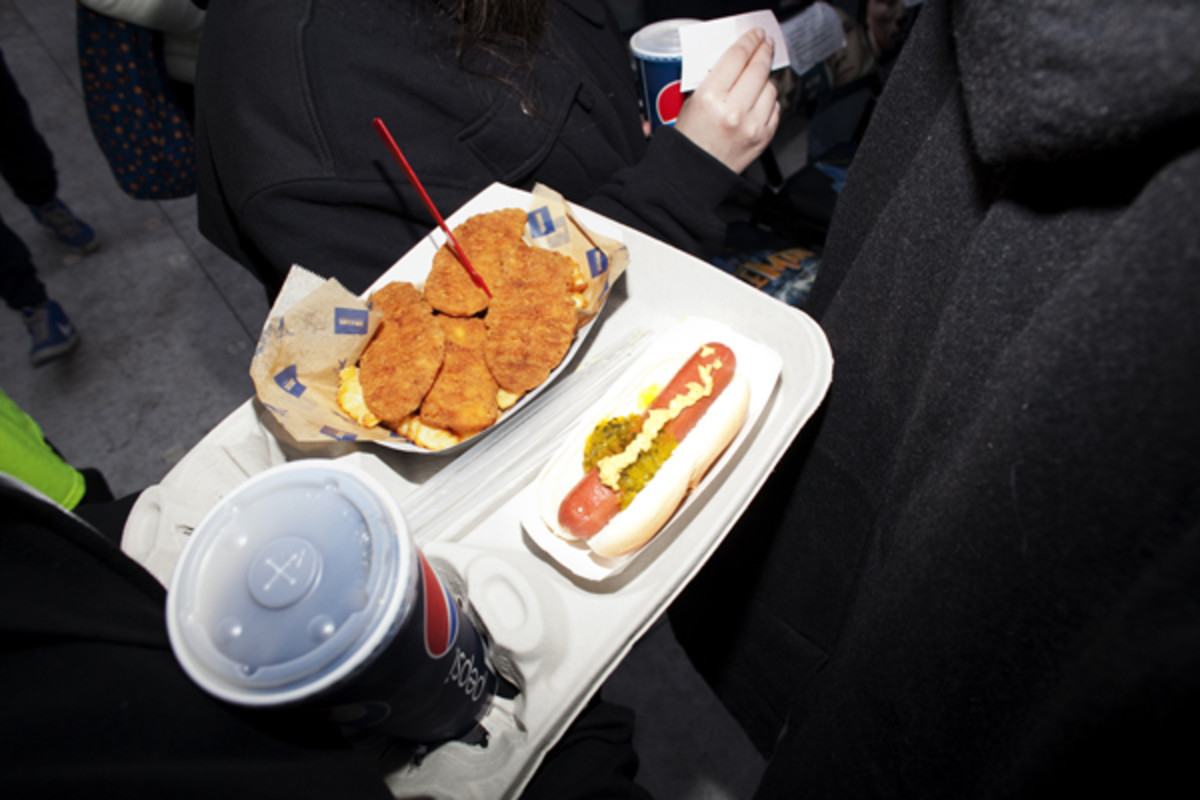
(Lauren Caulk/Special to SI.com)
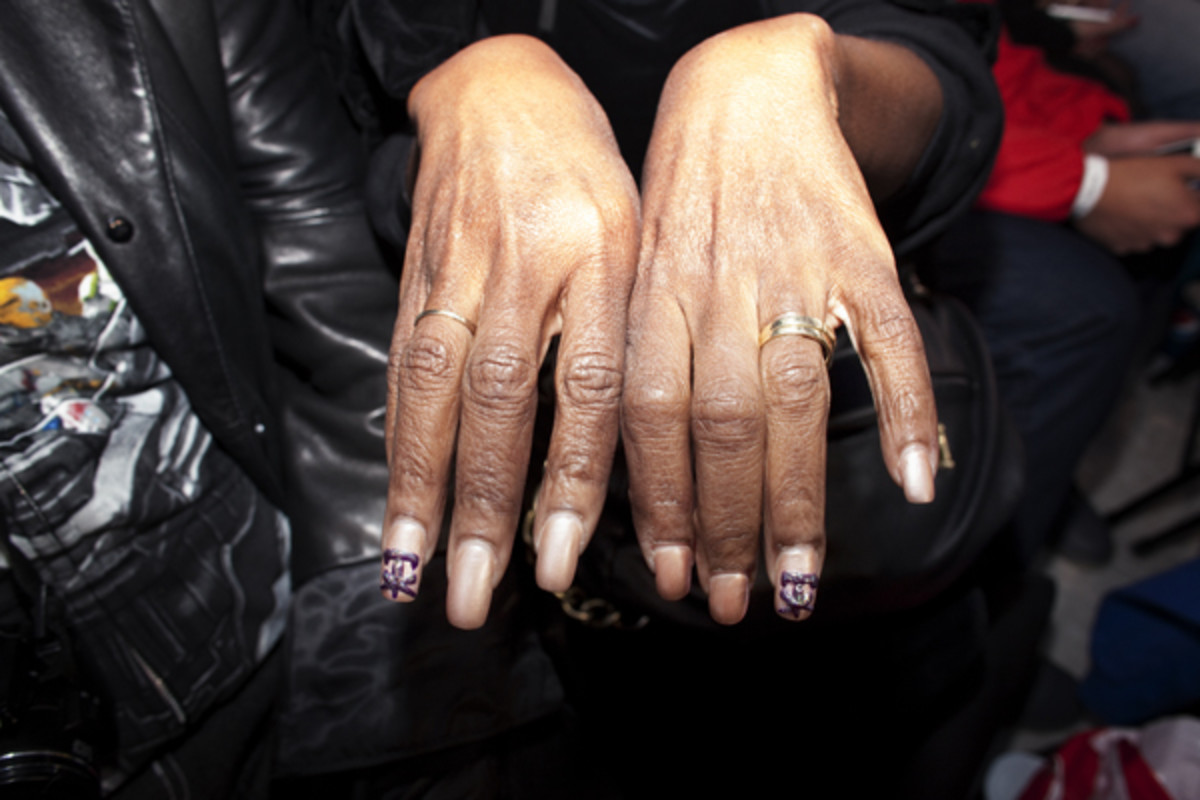
(Lauren Caulk/Special to SI.com)
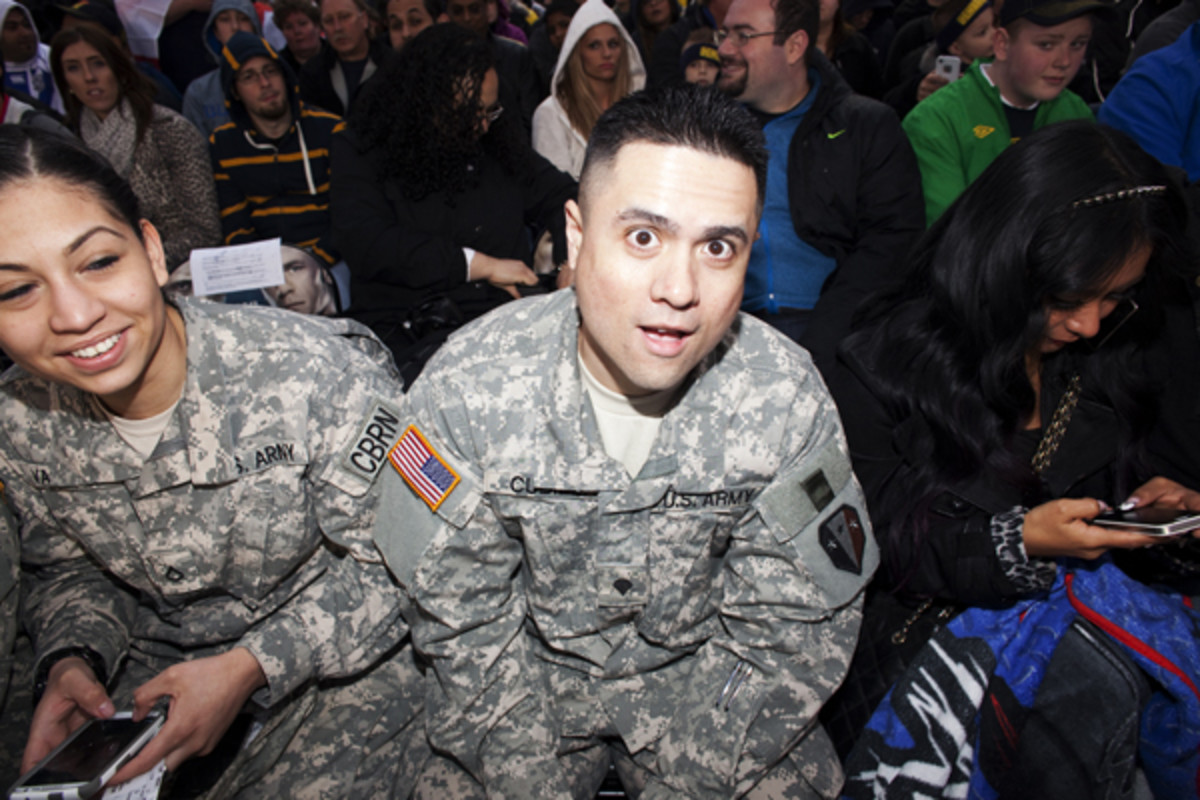
(Lauren Caulk/Special to SI.com)
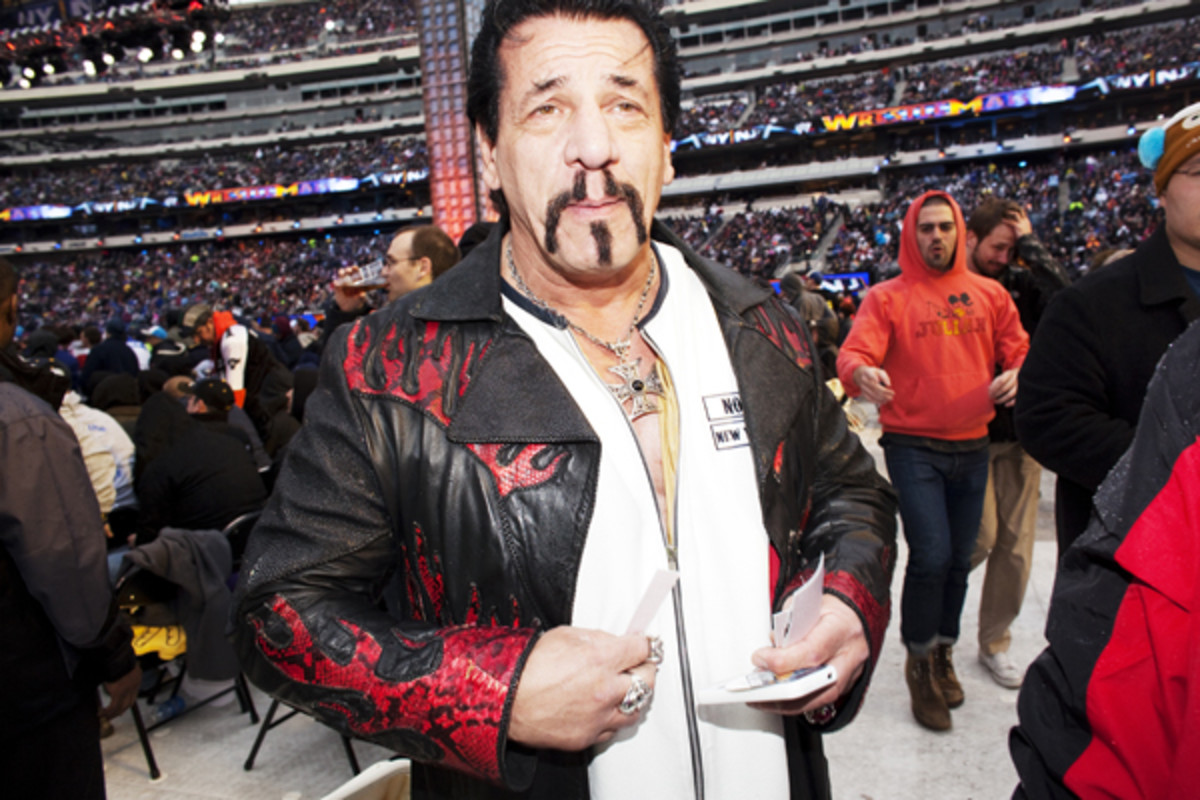
(Lauren Caulk/Special to SI.com)
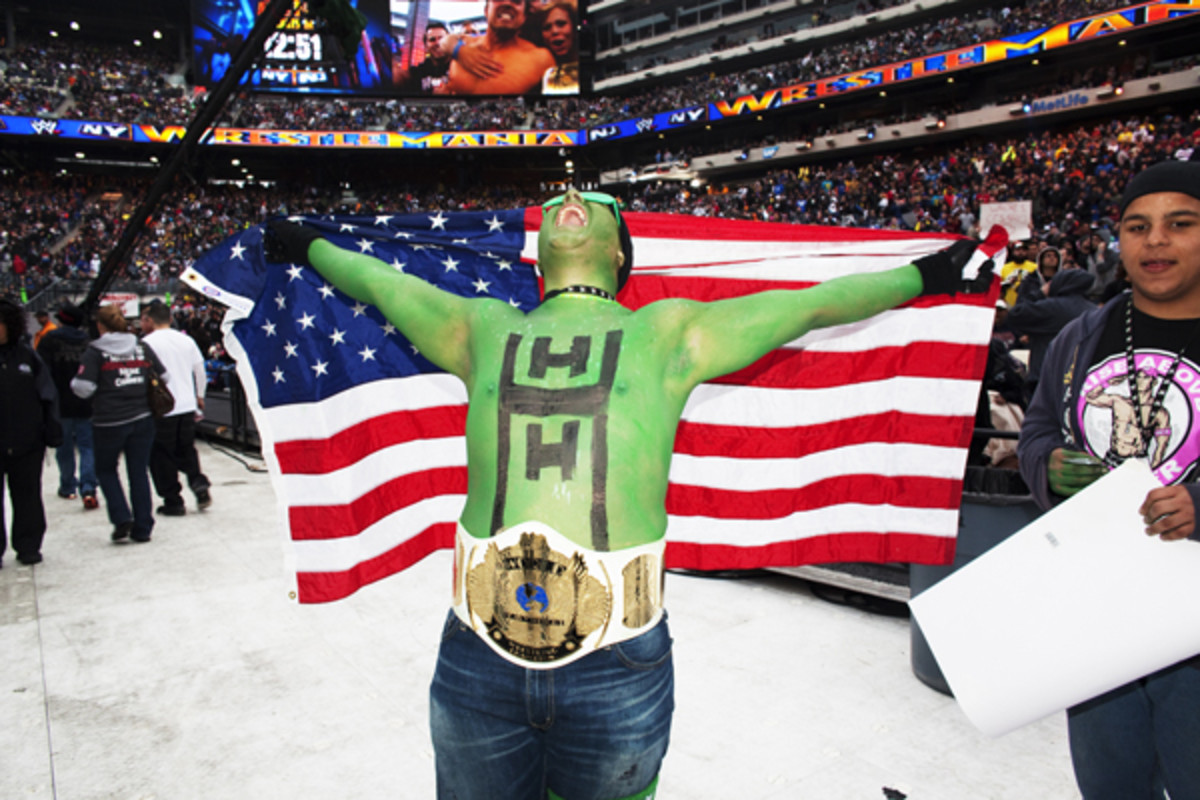
(Lauren Caulk/Special to SI.com)
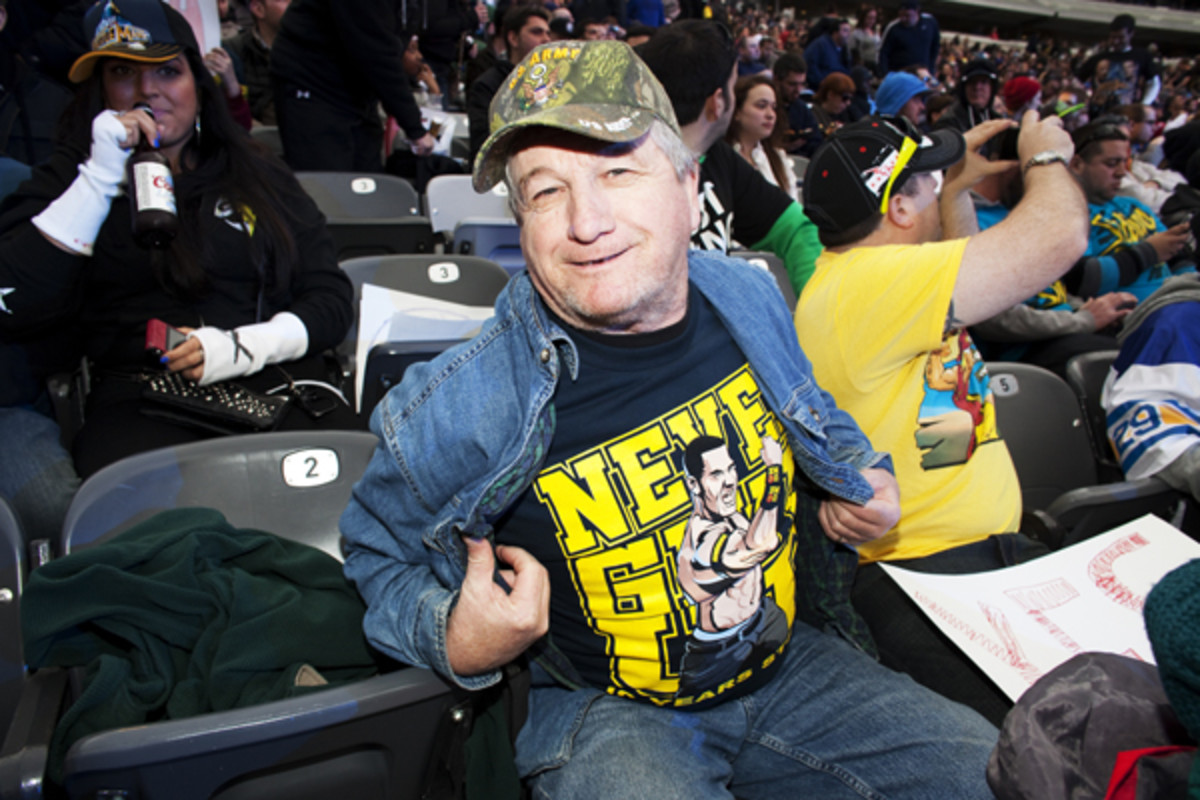
(Lauren Caulk/Special to SI.com)
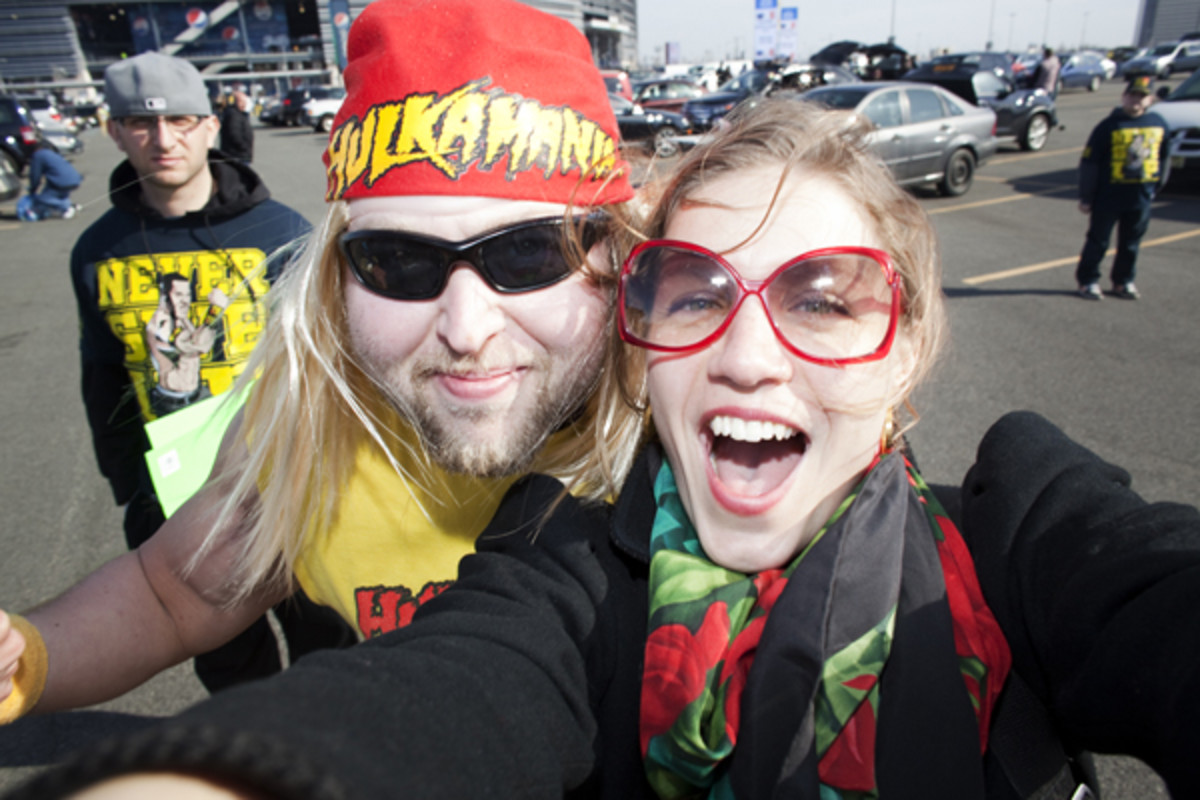
(Lauren Caulk/Special to SI.com)
The parking lots outside MetLife Stadium, the louvred fortress rising up from the swamplands of East Rutherford, N.J., were more than halfway full by 3 p.m. on Sunday afternoon with tailgaters in various states of costume -- toting signs, shouting chants, grilling burgers and sucking down beer. Screaming guitars blared from car stereos and kid-like enthusiasm ran like a live current. It was more than three hours before the start of WrestleMania 29, the biggest annual event in professional wrestling, and it was time to turn up.
There is nothing else like WrestleMania because there’s nothing else like wrestling and its dazzling blend of pageantry and athleticism. Is it sport? Is it entertainment? Leave it to the eggheads counting down to the Mad Men premiere to hash out. "Kayfabe" for decades was the wrestlers’ code -- the unspoken rule tracing back to wrestling's carnival origins that obliges its practitioners to present competitions, feuds and relationships as real -- yet in the Internet age it’s as much on the fans as the talent to maintain that fourth wall. And if a tour around the lots Sunday revealed anything, it’s that wrestling's fervent congregation is more than willing to accommodate. They're part of the show and they know it.
“In L.A., it’s not like this,” a photog explained while standing on line for his press credential, nodding toward the lines of rowdy ticket-holders that extended at least 40 yards from gates that were still a half-hour away from opening. “It’s not as vocal as New York.” Signs of the WWE’s robust billion-dollar business were everywhere. The cheapest asking price for a nosebleed seat an hour before the first match was $200, this at the tippy-top of a gargantuan bowl that crams in nearly 83,000 for Giants and Jets games. Fans lined up six-, eight- and 12-deep outside the omnipresent merchandise stands, RVs and pop-up shops, buying up T-shirts, hoodies, toys, cell phone covers, you name it. It seemed like every other person already had one of those replica championship belts, which start at $350. (The higher-end model that caught my eye features a WWE logo that spins like a customized rim. What recession?)
The press box high above the $1.6 billion stadium offered the best view of the WWE’s larger-than-life stage design -- which included a recreated Brooklyn Bridge on the north end of the field and a 67-foot, 17,500-pound replica of the Statue of Liberty atop the ring -- not to mention toasty refuge from the 55-degree breeze. Tonight it would be cohabited with the friends and family of the WWE, which included wrestlers both past and present. (The Iron Sheik, who won the WWF Tag Team Championship at WrestleMania I, always draws a crowd.) Yet my assigned seat was so removed from the action, I may as well have been watching on my couch. Creature comforts notwithstanding, there was zero chance I was going to spend my first WrestleMania observing from an antiseptic press box miles above the ring, so I rapidly made my way to the floor and found an empty chair 18 rows from the ring, just in time to see the The Shield defeat Sheamus, Randy Orton and Big Show in a six-man tag team match.
The first WrestleMania was held at Madison Square Garden in 1985, an all-in gambit that helped propel a family-owned regional business into an international phenomenon. Over the past three decades, it’s gone from arenas to domes to outdoor stadiums. By now it’s well into its second generation of fans, which means lots of fathers and sons; I overheard many exchanges, passages of memories, like what you might expect at a baseball game. An audience of 80,676 filled the stands to watch nine matches over nearly four hours -- and just about all were relieved when a quick spot of rain during the pre-show subsided. The crowd itself was extraordinary; there were remarkably few a--holes. (Like, none.) It sounds hokey but sometimes hokey is true: it did feel like you were watching in communion with 80,000 friends. Everything about my first WrestleMania experience was even greater than I’d imagined.
Except for the wrestling.
Sure, the WWE will trumpet the turnout (the second-highest attendance in the organization’s history after WrestleMania III) and the record-breaking $12.3 million live gate. You’ll hear about trending topics and viral popularity and pay-per-view buys. But there I was, within spitting distance of the ring as John Cena defeated The Rock for the WWE Championship in theoretically the biggest event of the year, and for most of the 24-minute match the crowd was dead silent.
Why? Well, the main event -- Rock-Cena -- had polarized fans from the start. The two had met on the same stage one year earlier in a match that had (amusingly, now) been billed “Once In A Lifetime,” a WrestleMania XXVIII showdown which had been hyped interminably and failed to deliver. Interest in the rematch was tepid, not least because it featured two “faces” (industry parlance for good guys) against one another.
Cena has long been known as a technically limited wrestler. And The Rock, well, he’s a movie star now and out of form. From a storyline perspective nothing much happened. Each guy survived the other’s finishing move repeated times, a relative rarity that can undercut the pacing and arc of a match. At one point, a "bo-ring!" chant even gained steam before a flashpoint of action snuffed it out. No one turned heel: those dramatic reversals when a wrestler goes from a good guy to a bad guy. (“Adults can see it coming from a mile away,” a friend explained. “But I've seen little kids cry when it happens.”)
But here’s the kicker: None of it mattered.
WrestleMania remains a theater of the extreme that must be experienced, first-hand if possible, to be fully understood. As a spectacle, it’s second to none in sheer scale and attention to detail. The outrageous stage design. The pyrotechnic-powered ring entrances. The epic people-watching. Even an otherwise dreadful performance by Diddy was salvaged by his "Victory" opener. (Shout out to B.I.G. and Bill Conti.) I’d heard friends describe pro wrestling in the language of addiction, the kind of fanboy mania that compels otherwise rational adults to travel the country seeing the same band a hundred times, and now I know exactly what they’re talking about. The atmosphere was intoxicating. It never felt like less than two hours of wrestling in a four-hour package, which it was.
And not all the wrestling was underwhelming. The best match of the night hands down was The Undertaker’s win over CM Punk in a singles tangle. The Undertaker is kind of an outmoded figure, the last of the “gimmick” grapplers from the ‘90s in an era of Cenas, Brock Lesnars, Dolph Zigglers and Jack Swaggers (known among some cognoscenti as the “first-name-last-name dudes"). But even at 48, Undertaker is a world class athlete: a 7-footer who moves like a small forward. Those who say wrestling is “fake” are badly missing the point. Sure, the end results are predetermined and maybe some of the punches don't inflict pain. But if anything, it’s closer to routine-based athletic competitions like, say, pairs figure skating. Only with more variables -- and potentially devastating ones. (Sergei Grinkov never had to deliver a Macho Man elbow drop from the top rope onto a Spanish announcers' table that didn't break as intended.)
Punk, for my money the company’s top performer, entered to his ringwalk standard -- "Cult Of Personality” by Living Colour -- with the New York band having taken the stage to play the song. Awesome. Though of course it paled (no pun intended) in comparison to Undertaker’s entrance, a masterpiece of choreographed drama that remains legendary even by wrestling's theatrical norms. When the lights go down and that bell tolls, there are few spectacles to rival it.
For 22 minutes, Undertaker and Punk provided the kind of tension-and-release exchange worthy of a main event. Chants of “This is awe-some!” started in the upper reaches of the stadium and cascaded down through the high-rent district. Three rows in front of me, dueling gaggles of 6-year-olds traded “C-M Punk!” and “Un-der-tak-er!” chants with the fury of floor traders. Of course, that’s what made the rest of the night so frustrating. The crowd was blistering hot after Undertaker ended the match with a tombstone pile driver to extend his unbeaten streak at WrestleMania to 21 wins in 21 appearances -- yet it never quite returned to those manic heights.
When Cena finished off The Rock and the two men shook hands at 10:48 p.m. and the belt officially changed hands, there were more boos than cheers -- not a bad thing: "heat," a sort of absolute value of crowd reaction to either faces or heels, is heat -- but the general sense of apathy at the new champion will no doubt offer a challenge for the company's writers.
If anything, the underwhelming matches at WrestleMania 29 proved the WWE really is bulletproof: Even through periods of mounting fan discontent, the numbers just keep growing, the records keep falling and the pile keeps growing. “It’s almost like people want to be pissed,” observed a friend, who has no money but spent two paychecks for a $400 ticket in Section 108. (I'm talking addicted.)
Undertaker and Punk showed how the great ones can elevate WrestleMania from the so-called greatest spectacle in sports entertainment to something higher, something transcendent; the elite performers can play the crowd like a instrument. Yet in a counterintuitive way, it's the bad matches -- the hushed silences -- that underscore by relief the magic of the moments worth waiting for. Who outside the Bay Area thought much of the 29th Super Bowl, as non-competitive an event as "real" sports get?
Nowhere else are the fans so essential to the experience, nowhere else can they be heard in such an influential way, and that's what gives WrestleMania its enduring appeal. It's why they came out in record numbers Sunday afternoon -- and why they'll be back for years to come.
Follow Bryan Armen Graham on Twitter.
